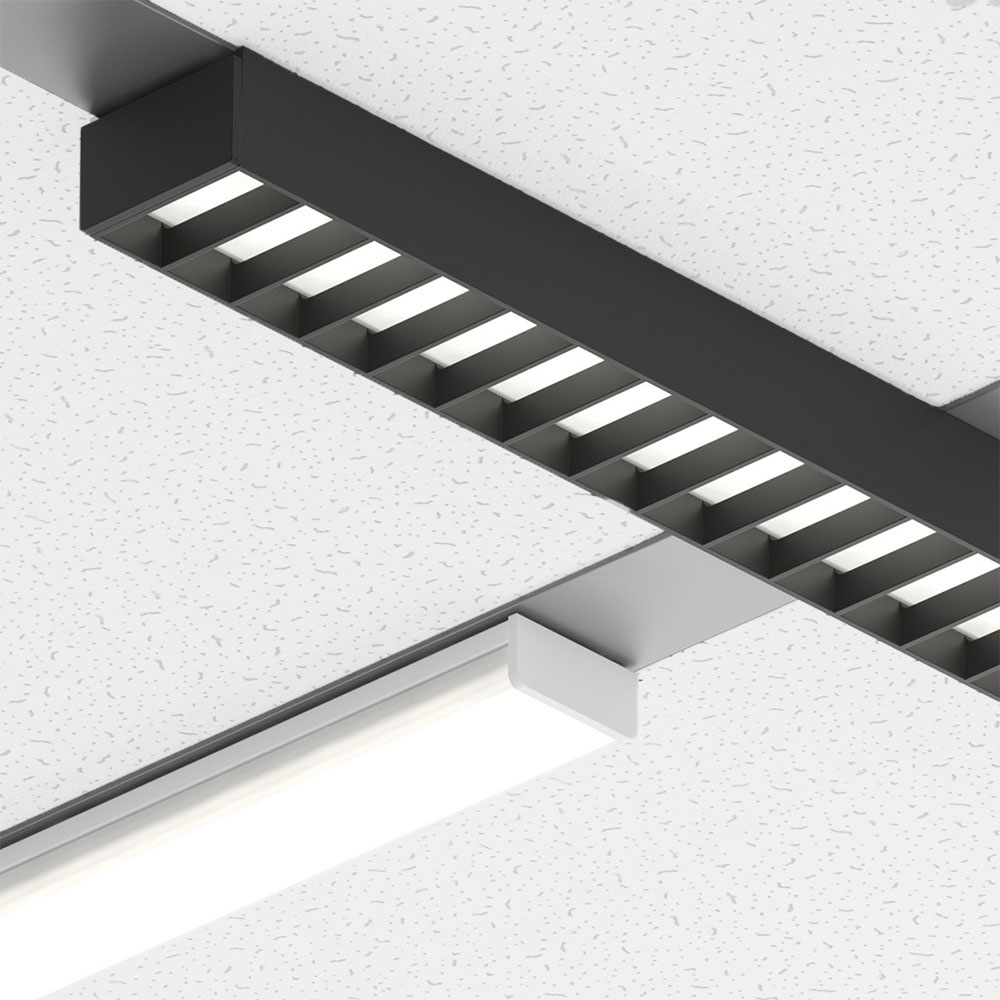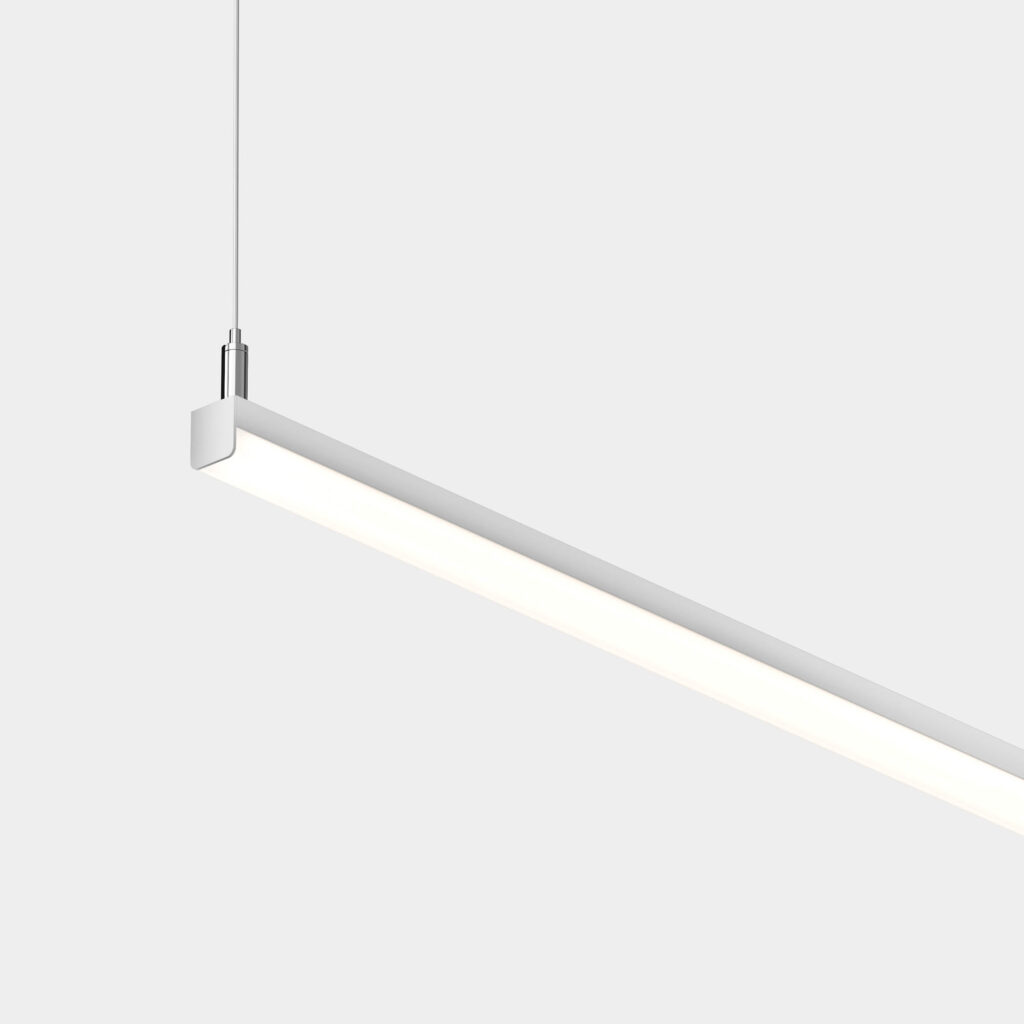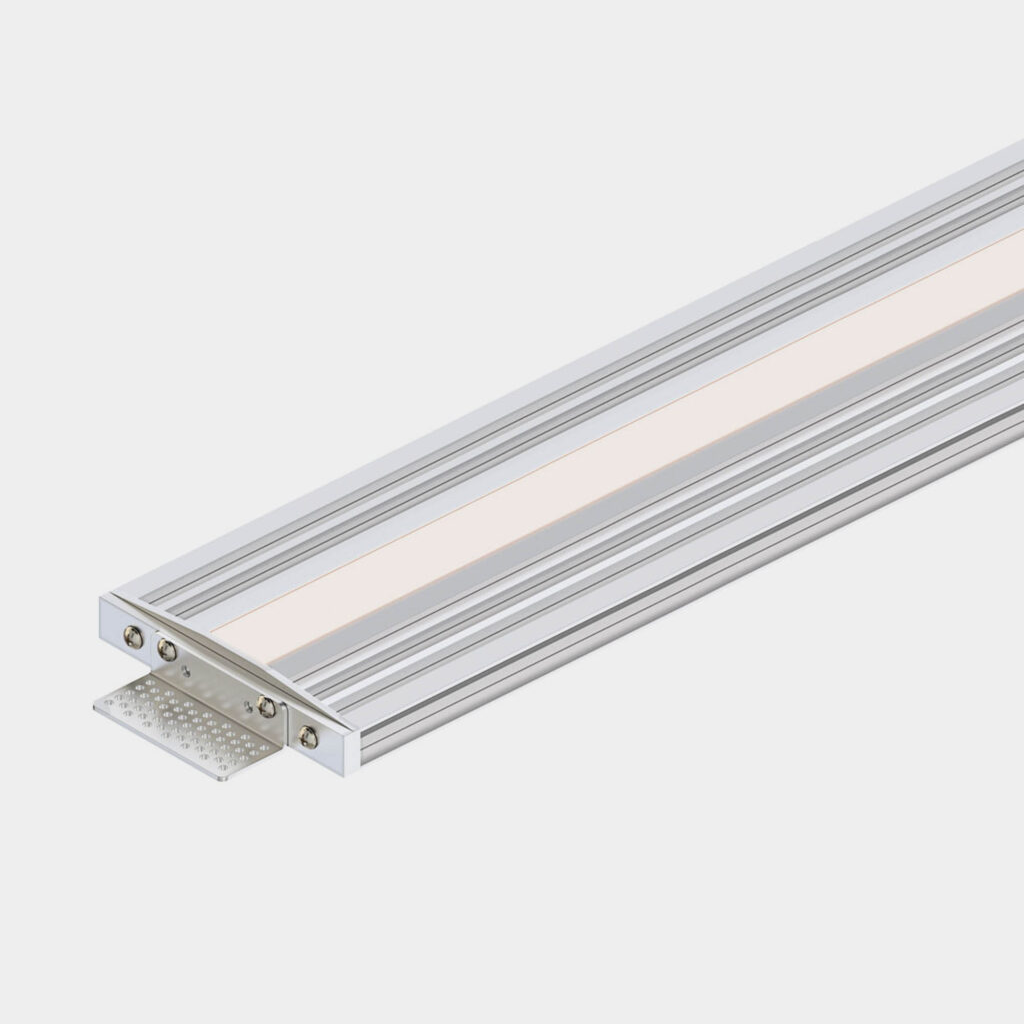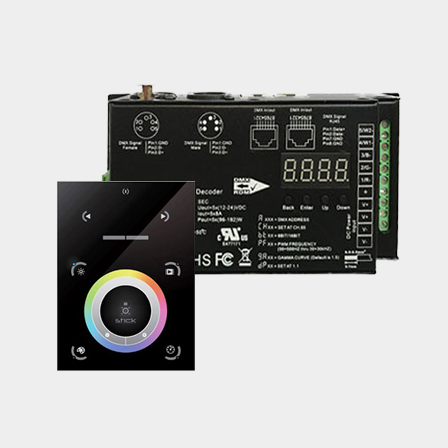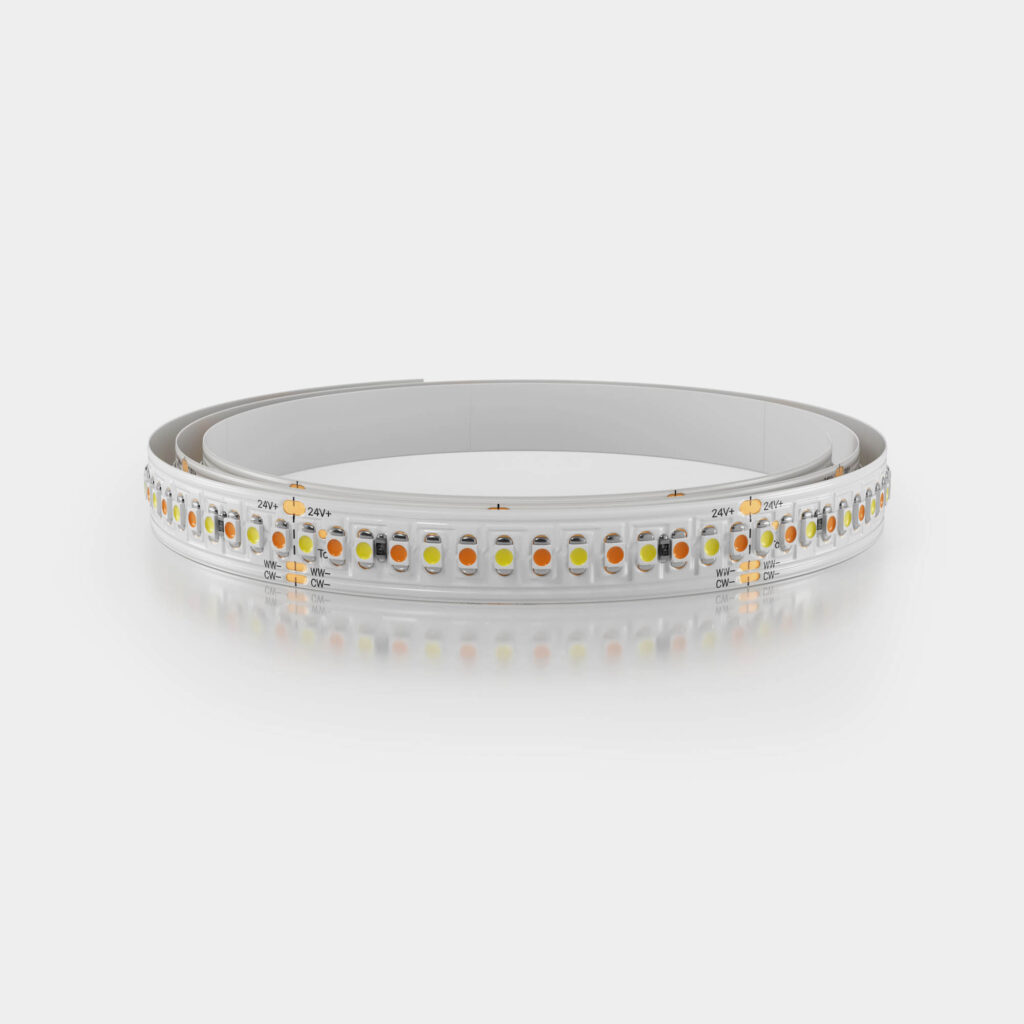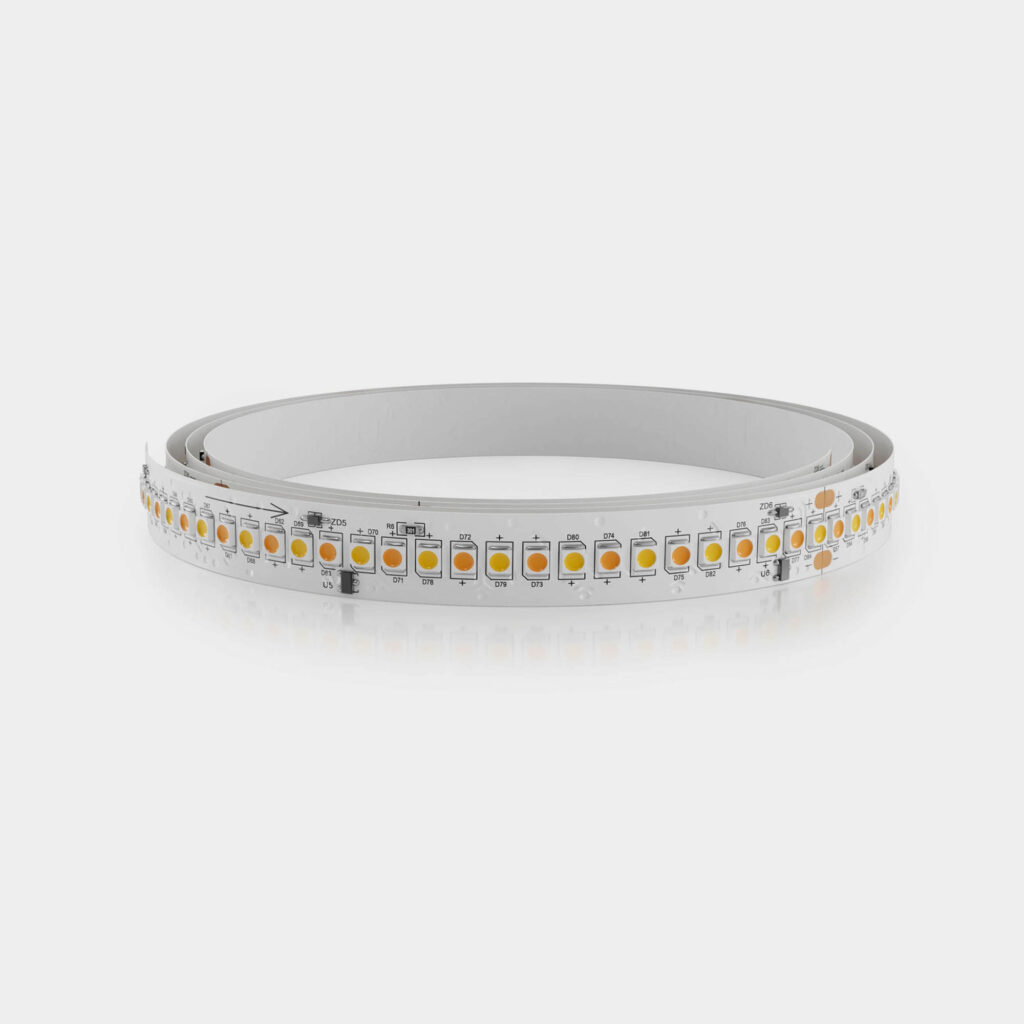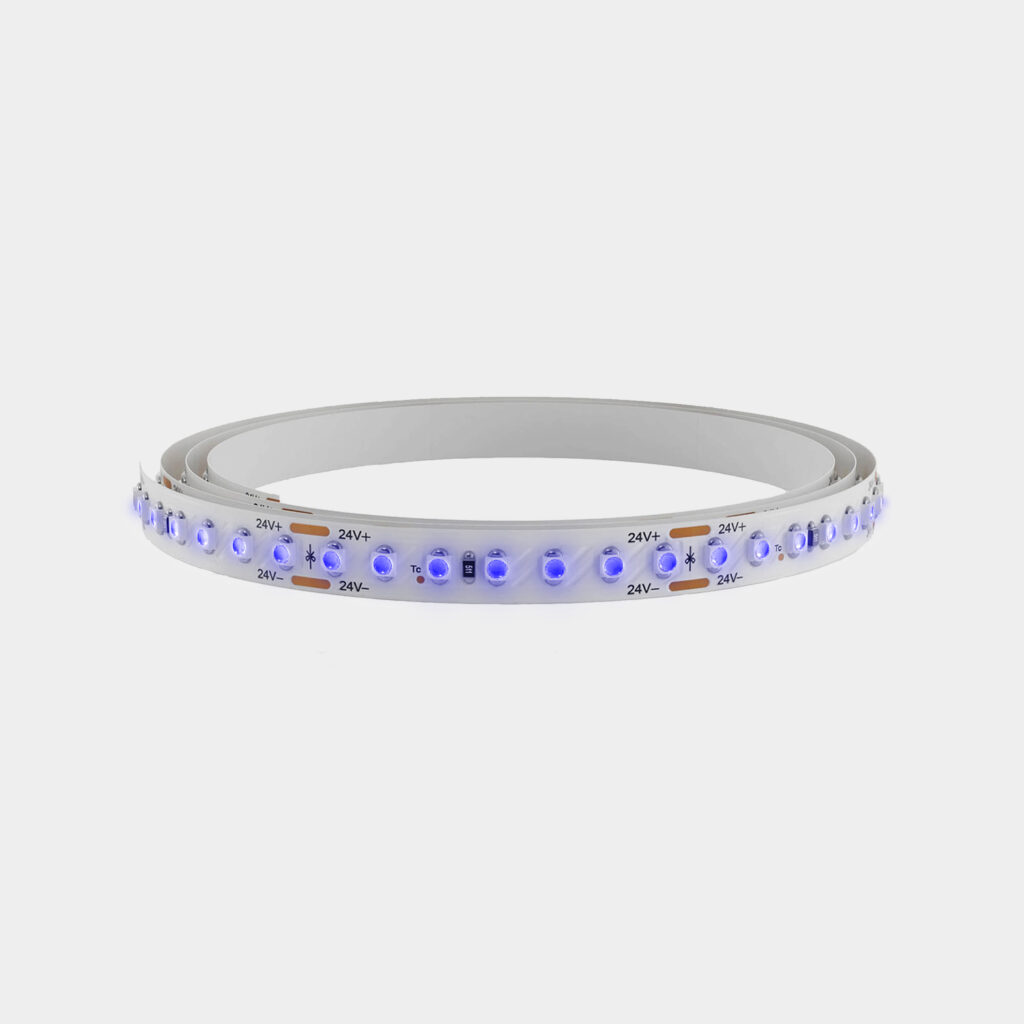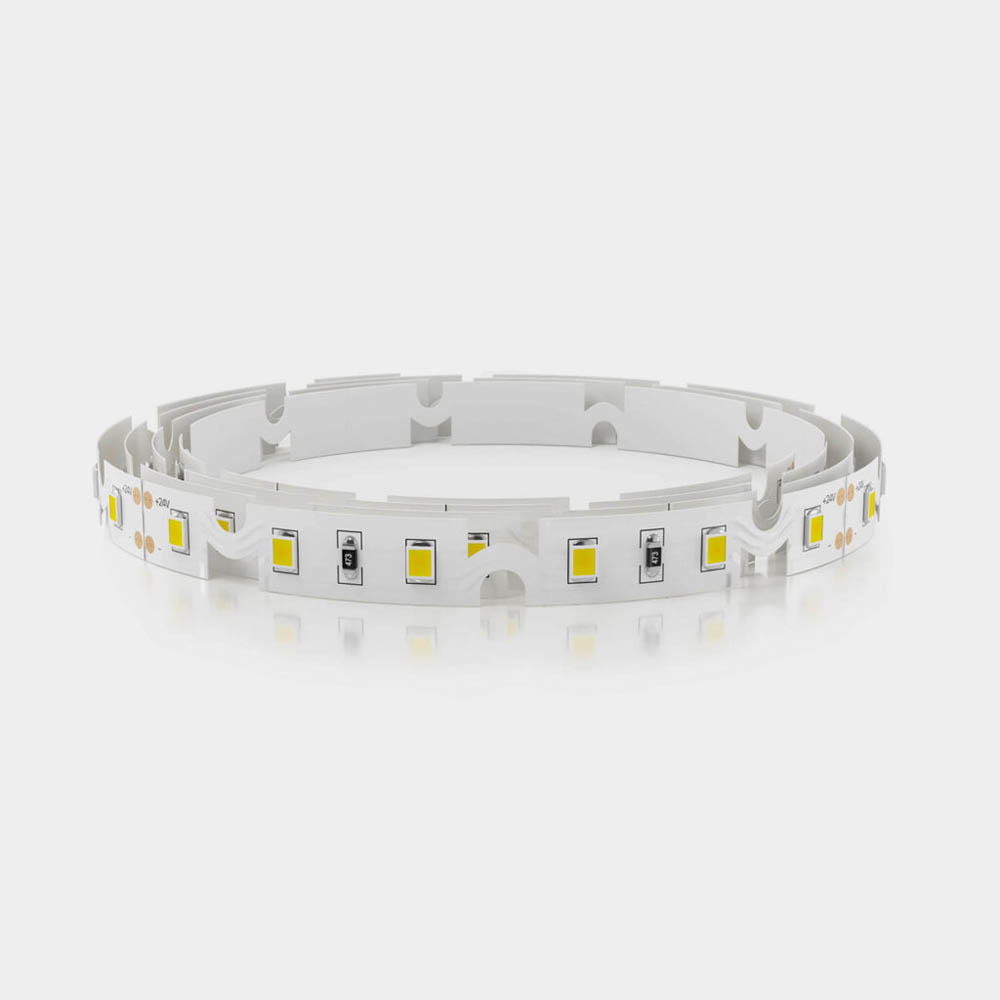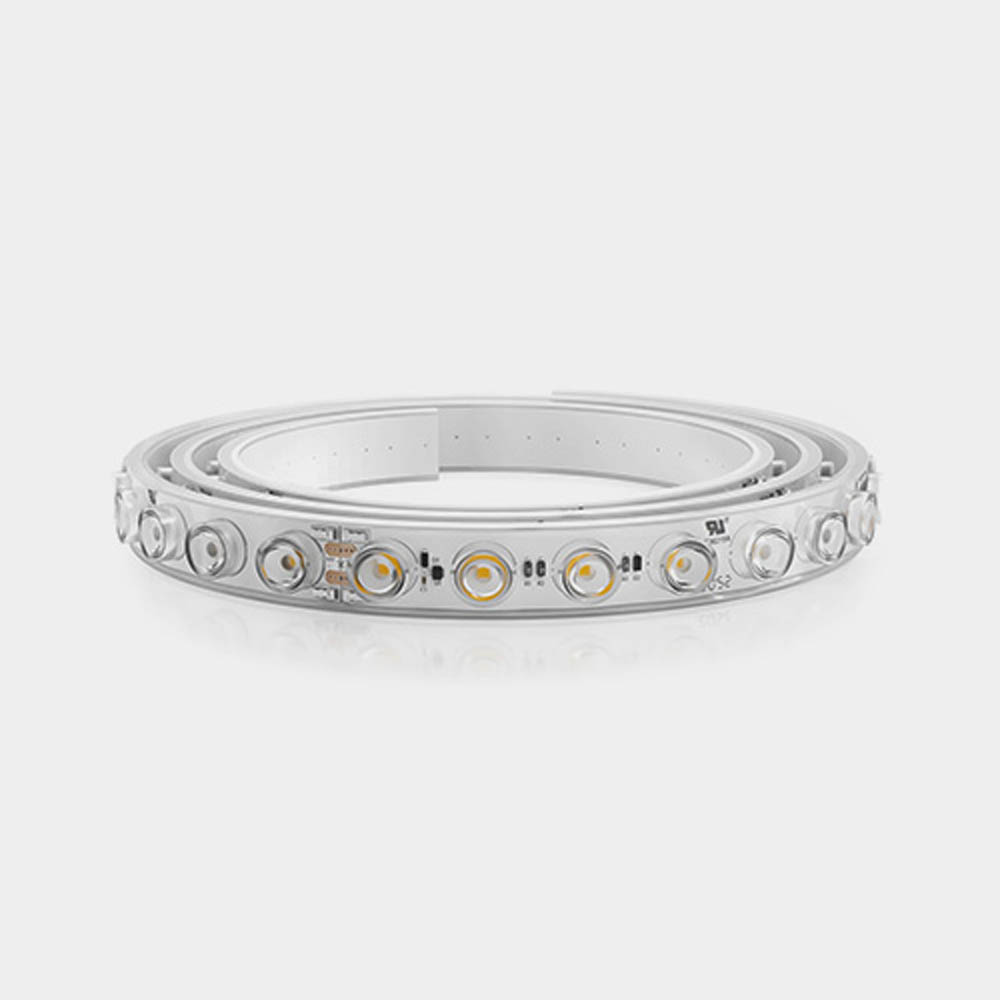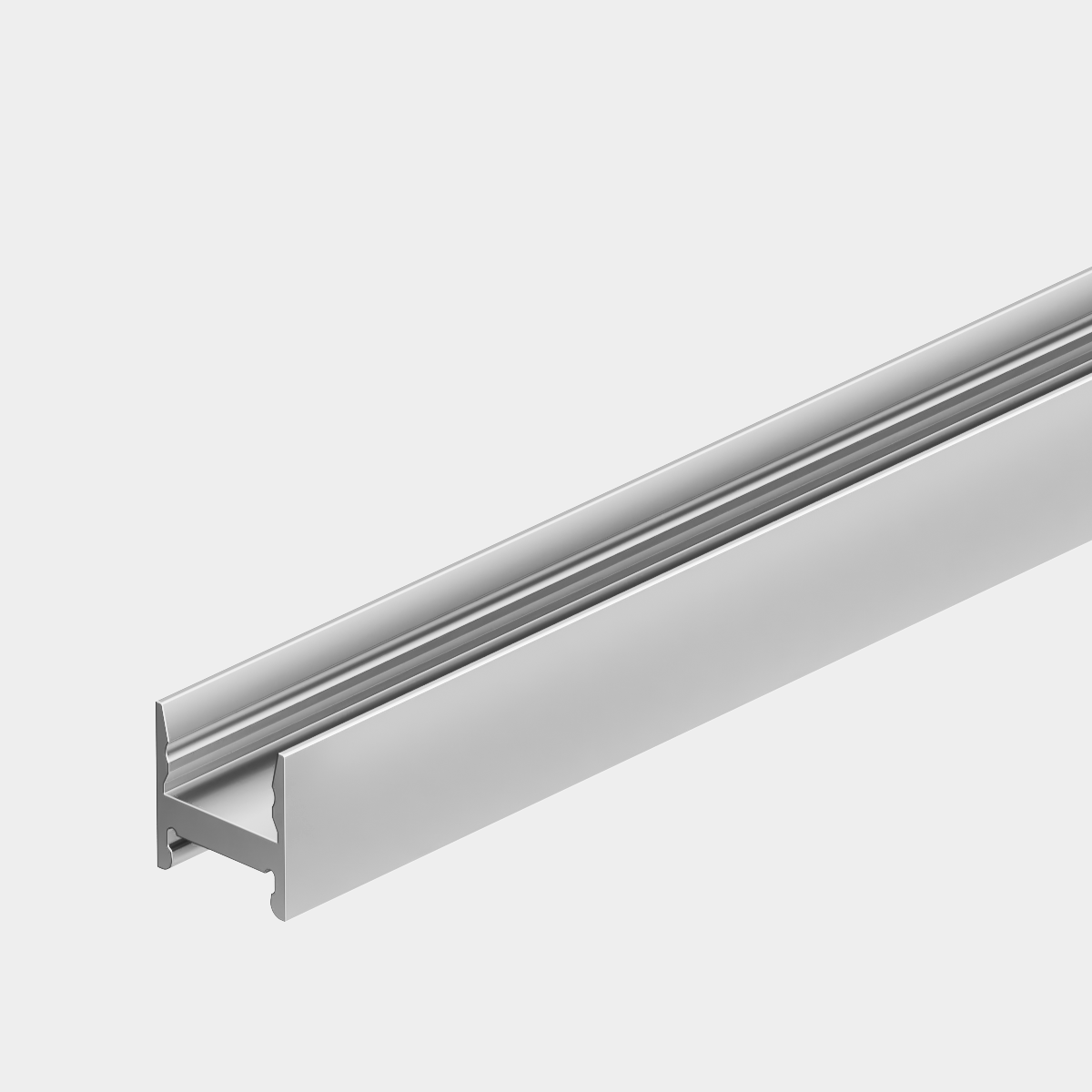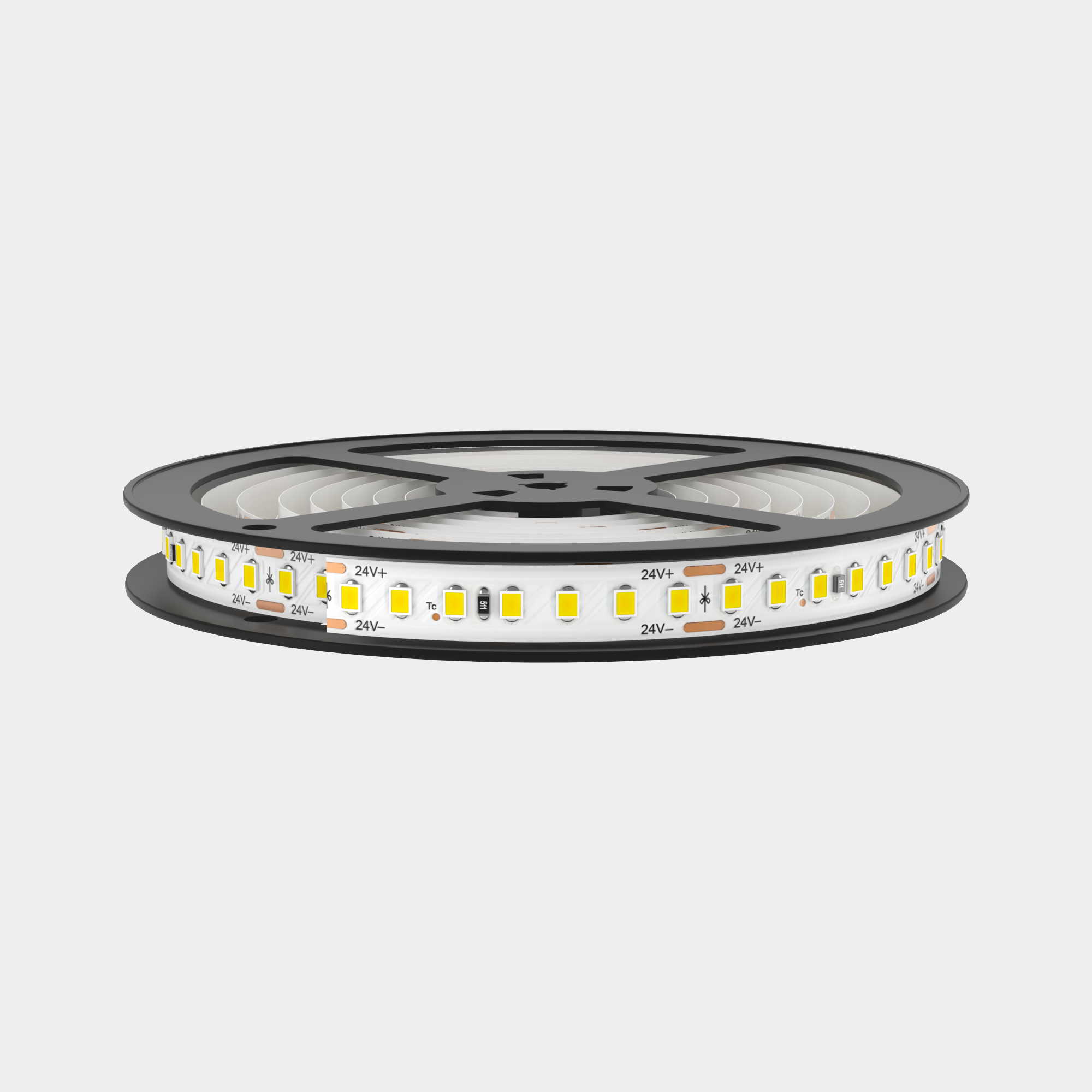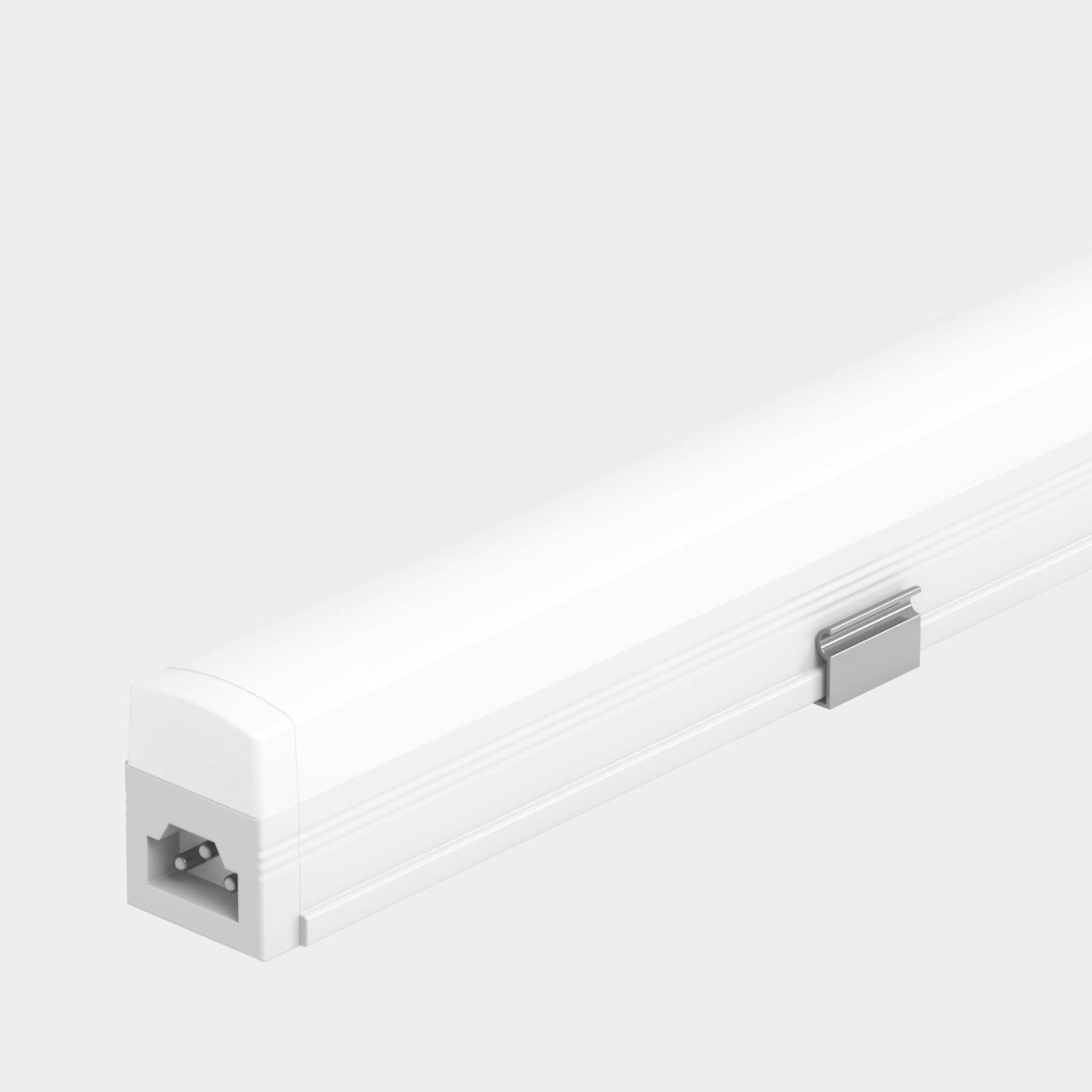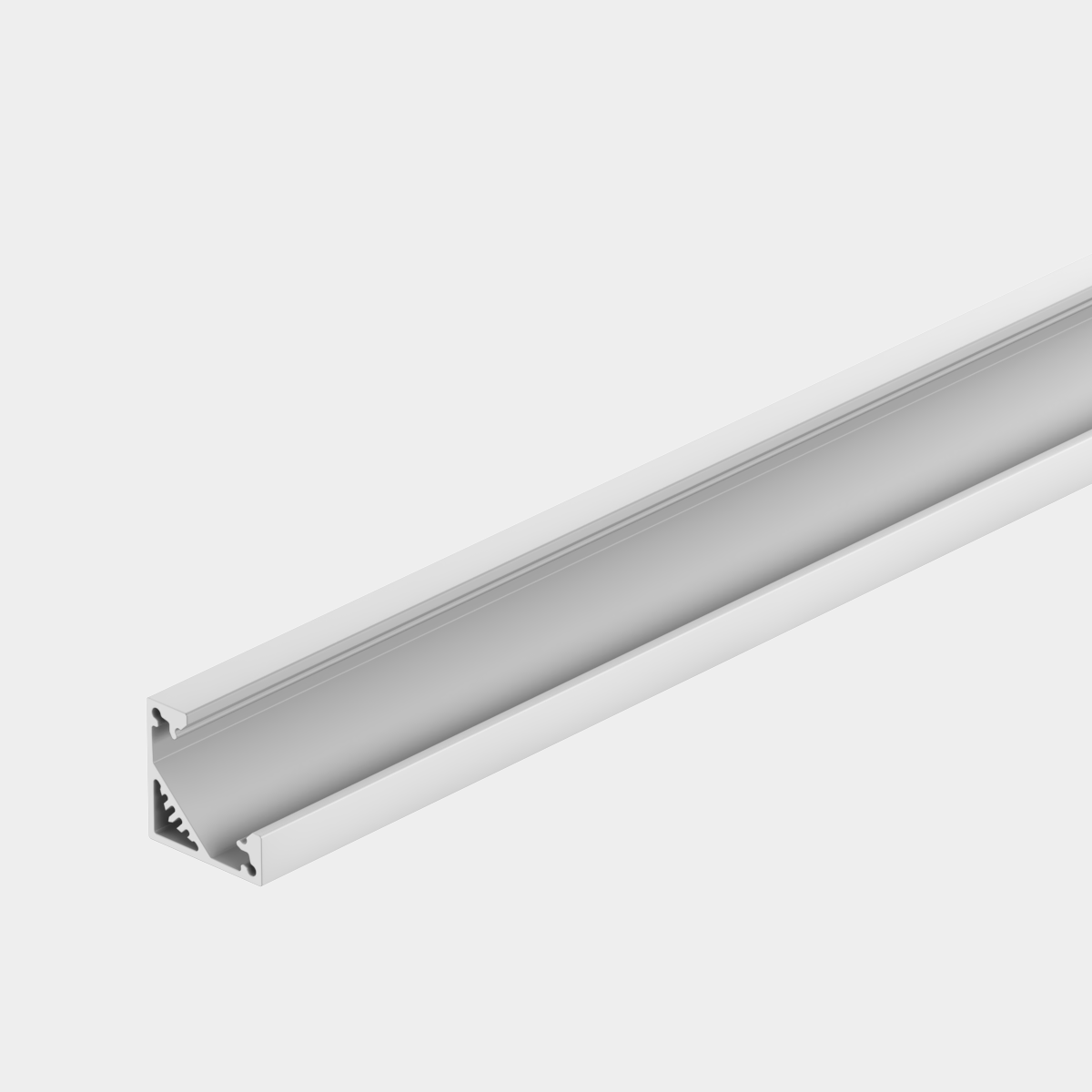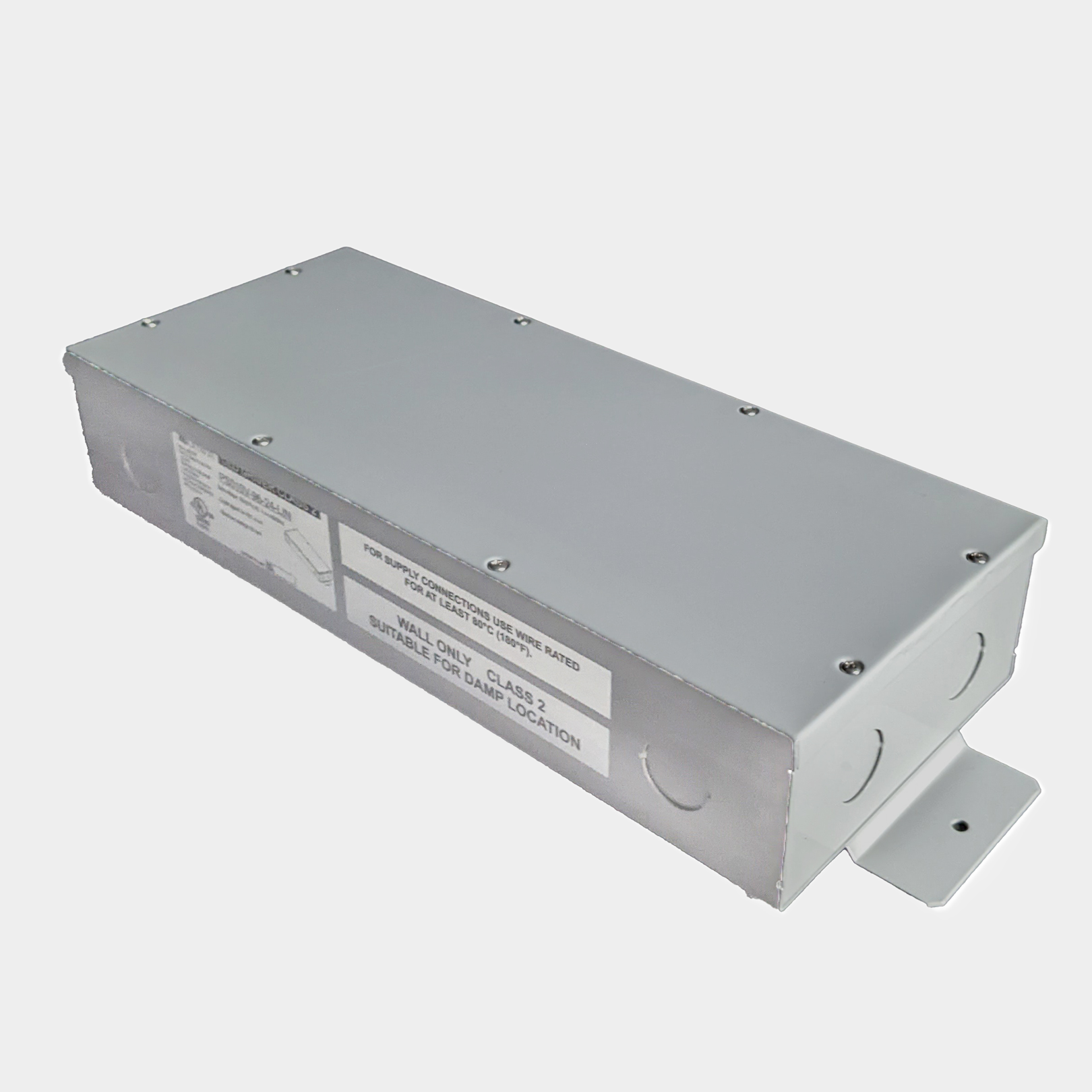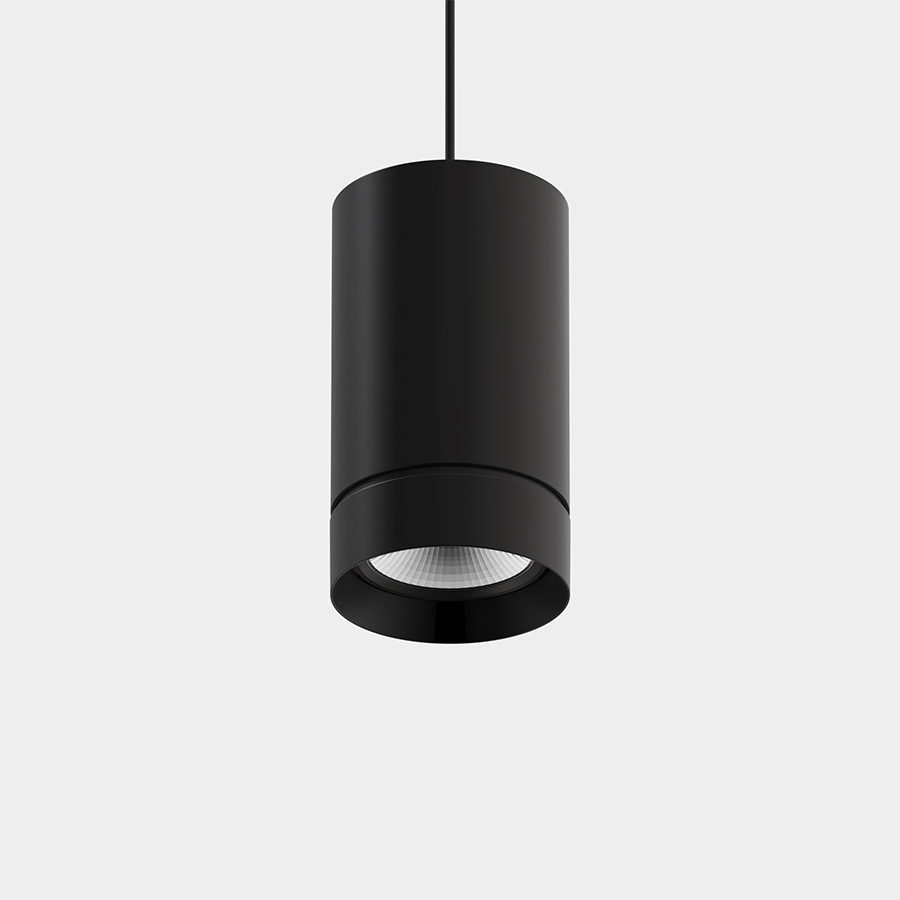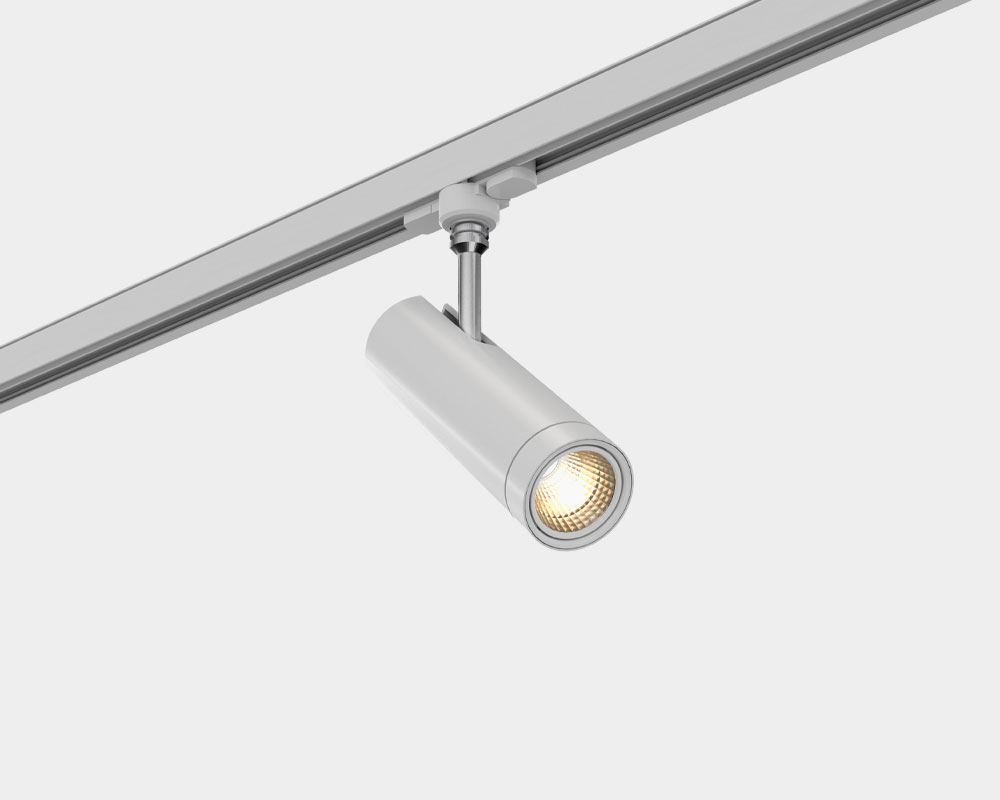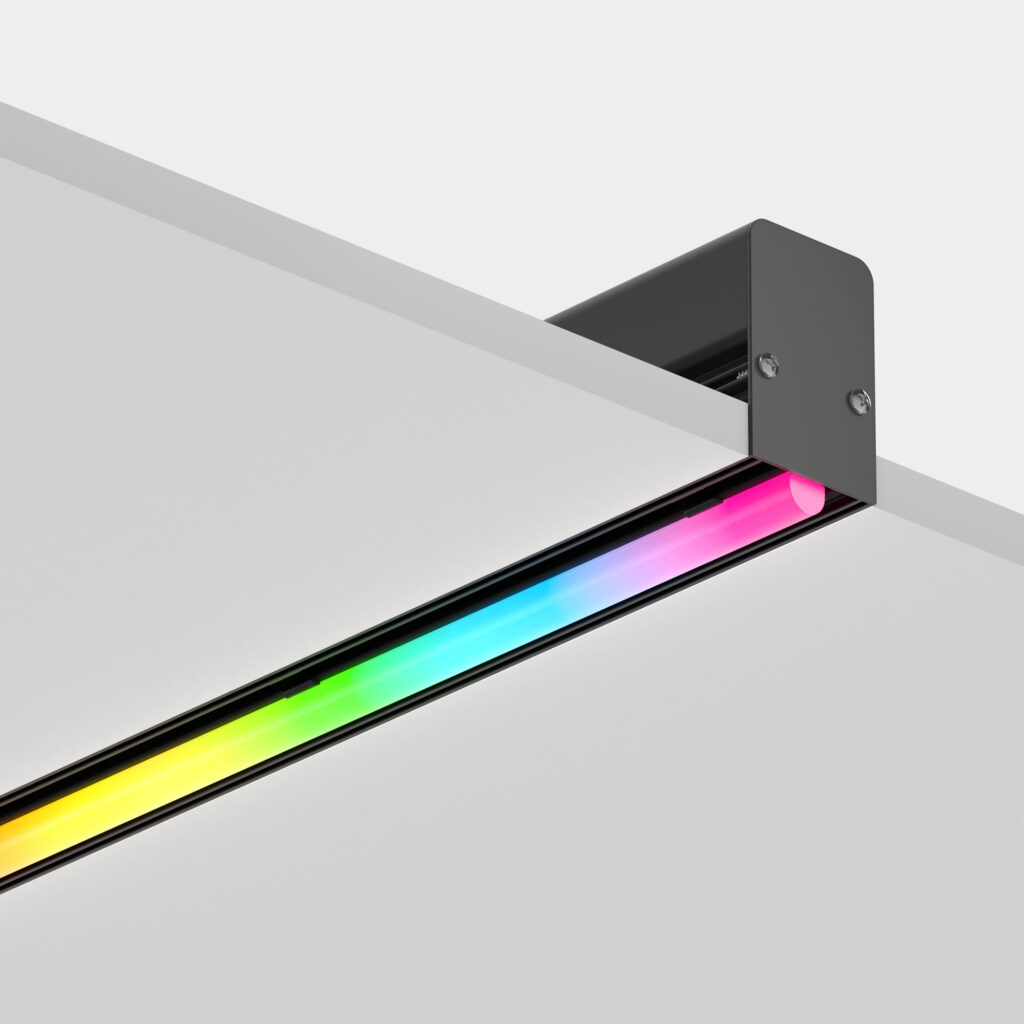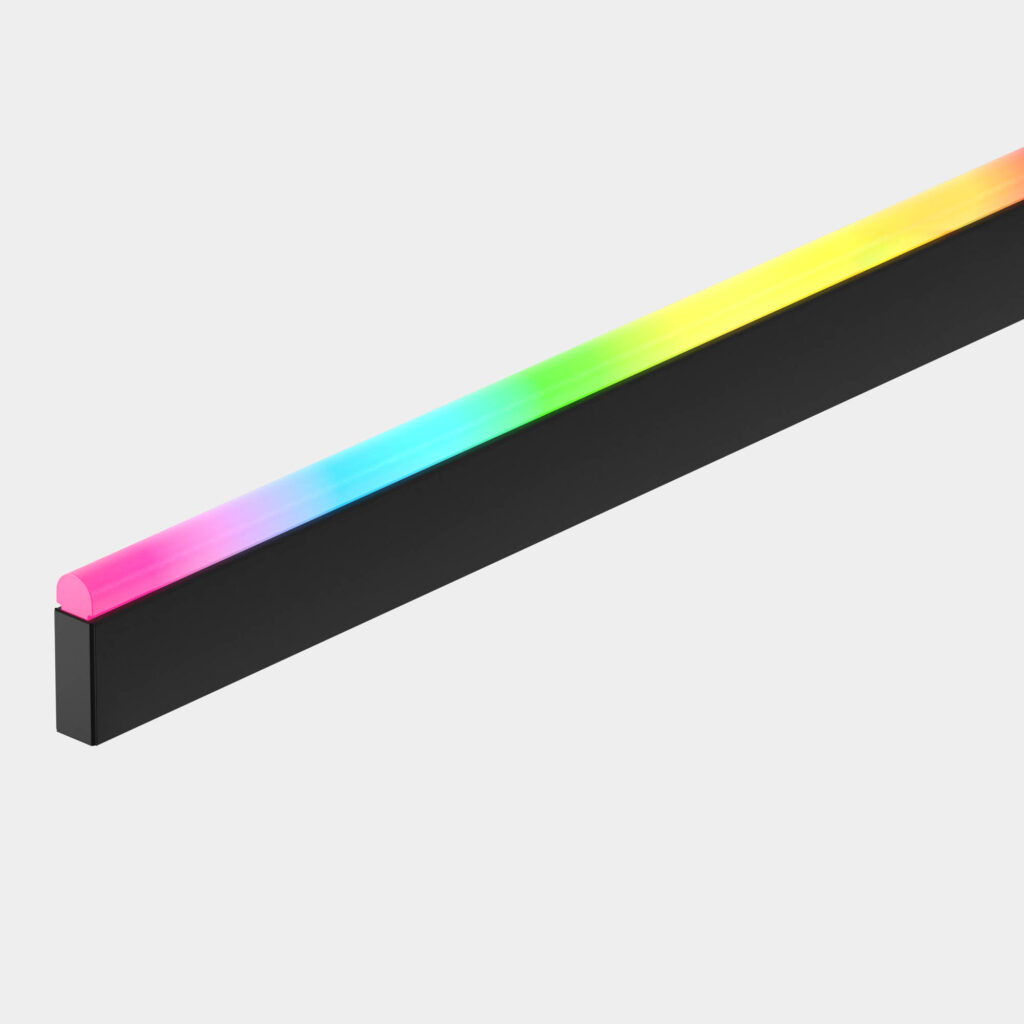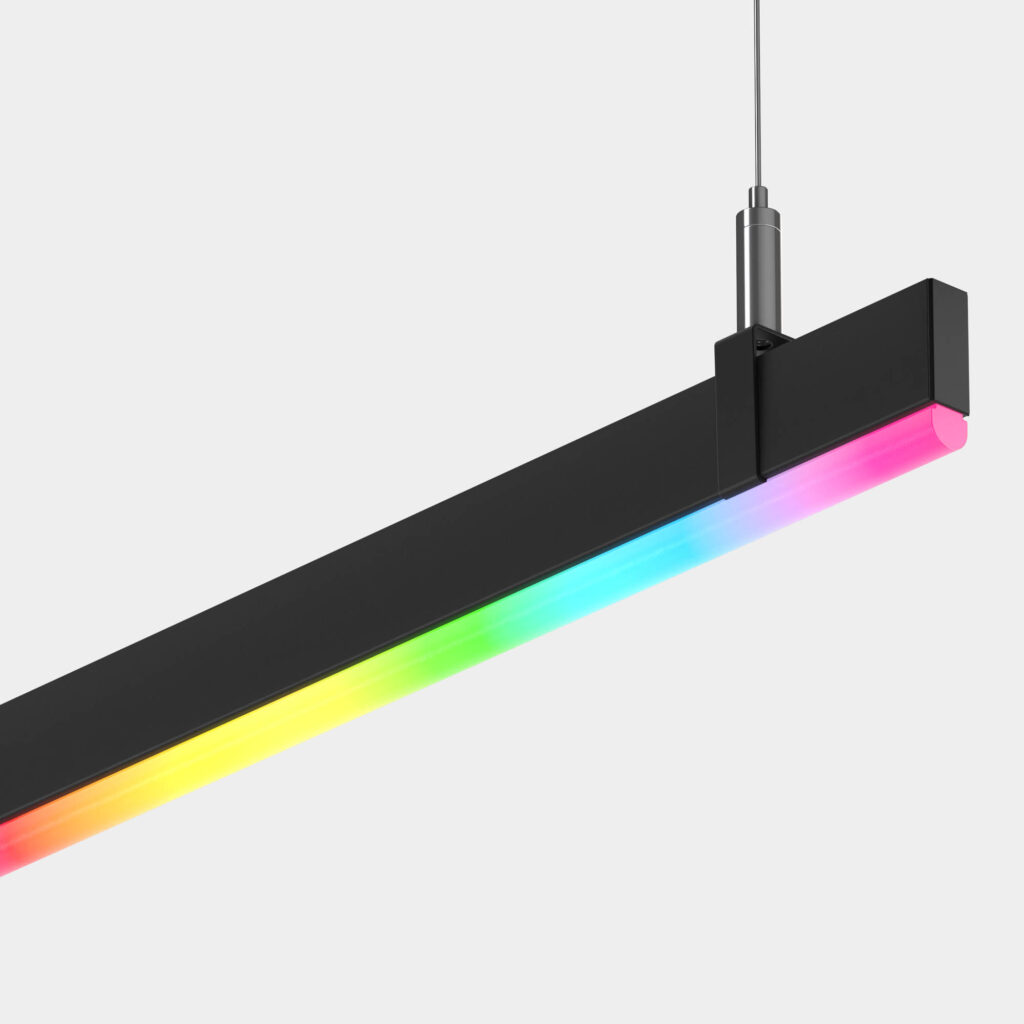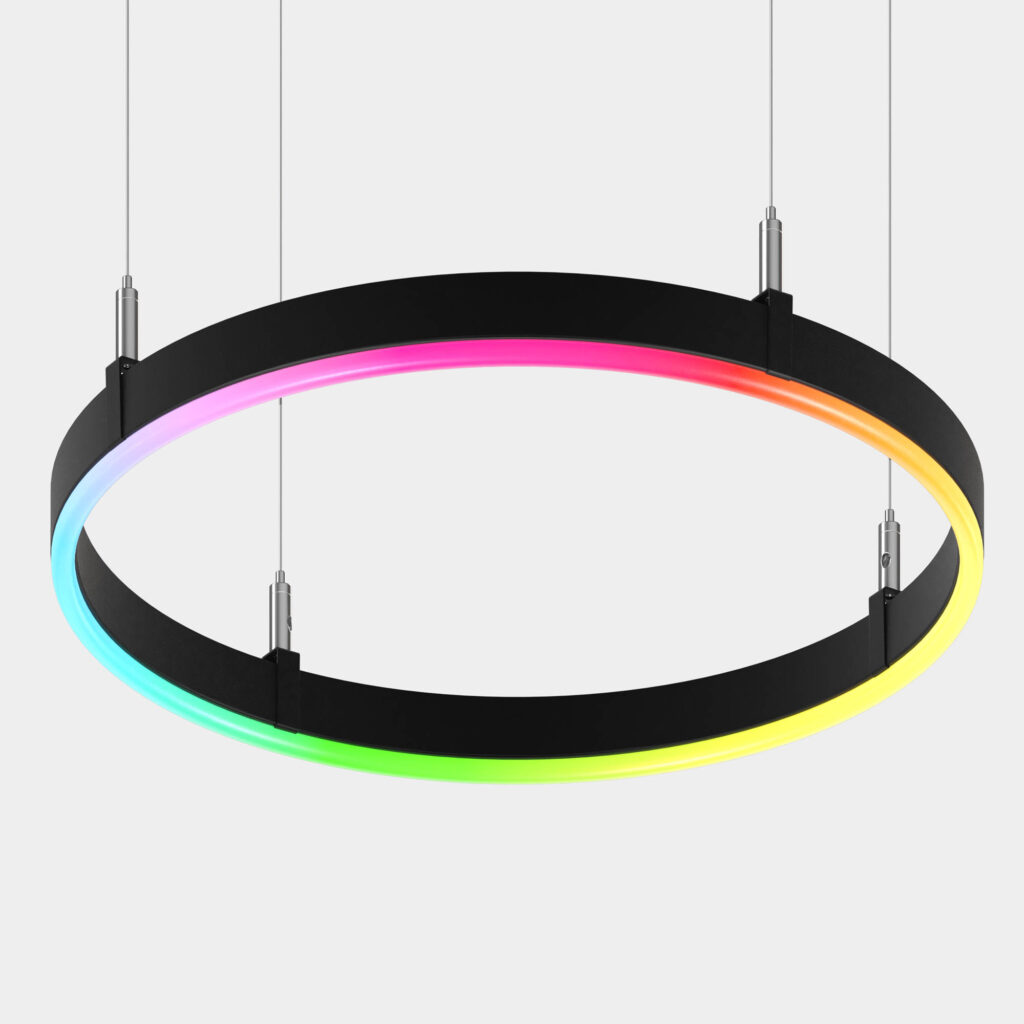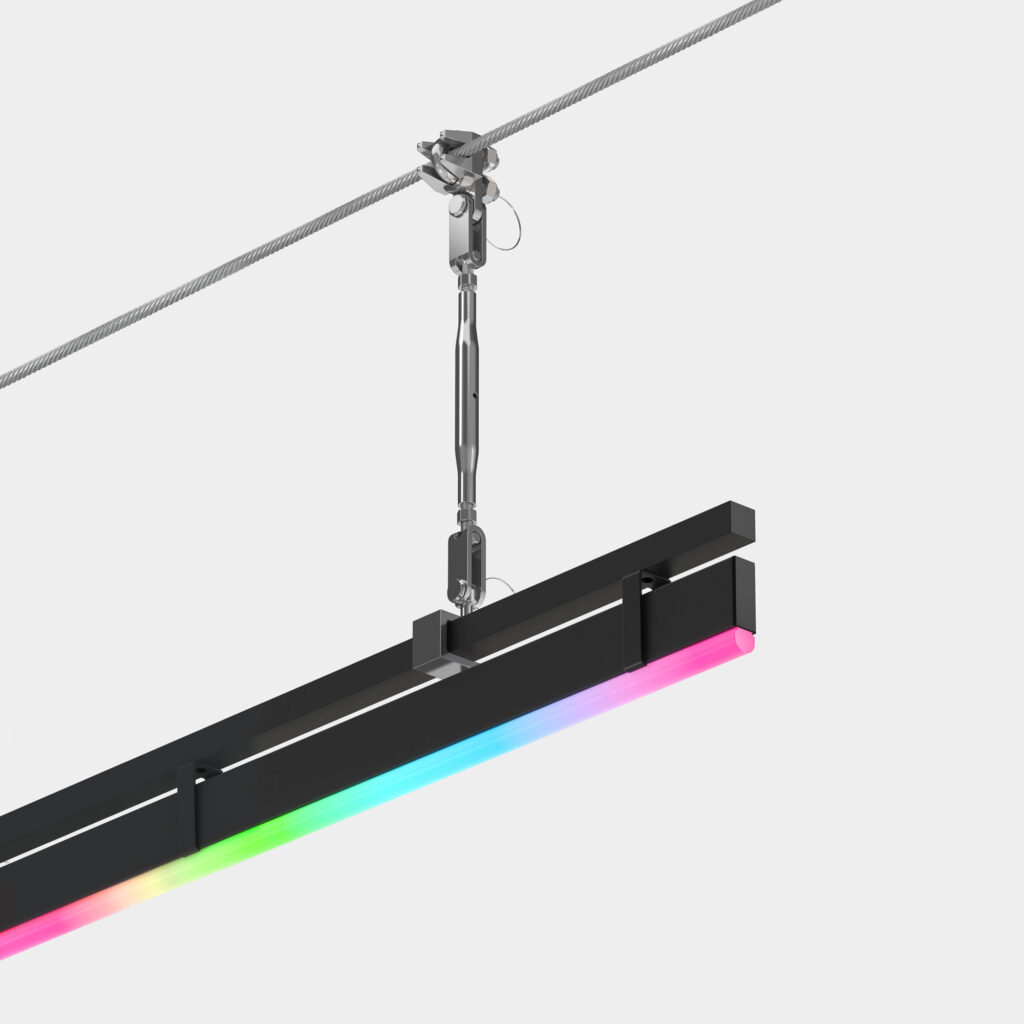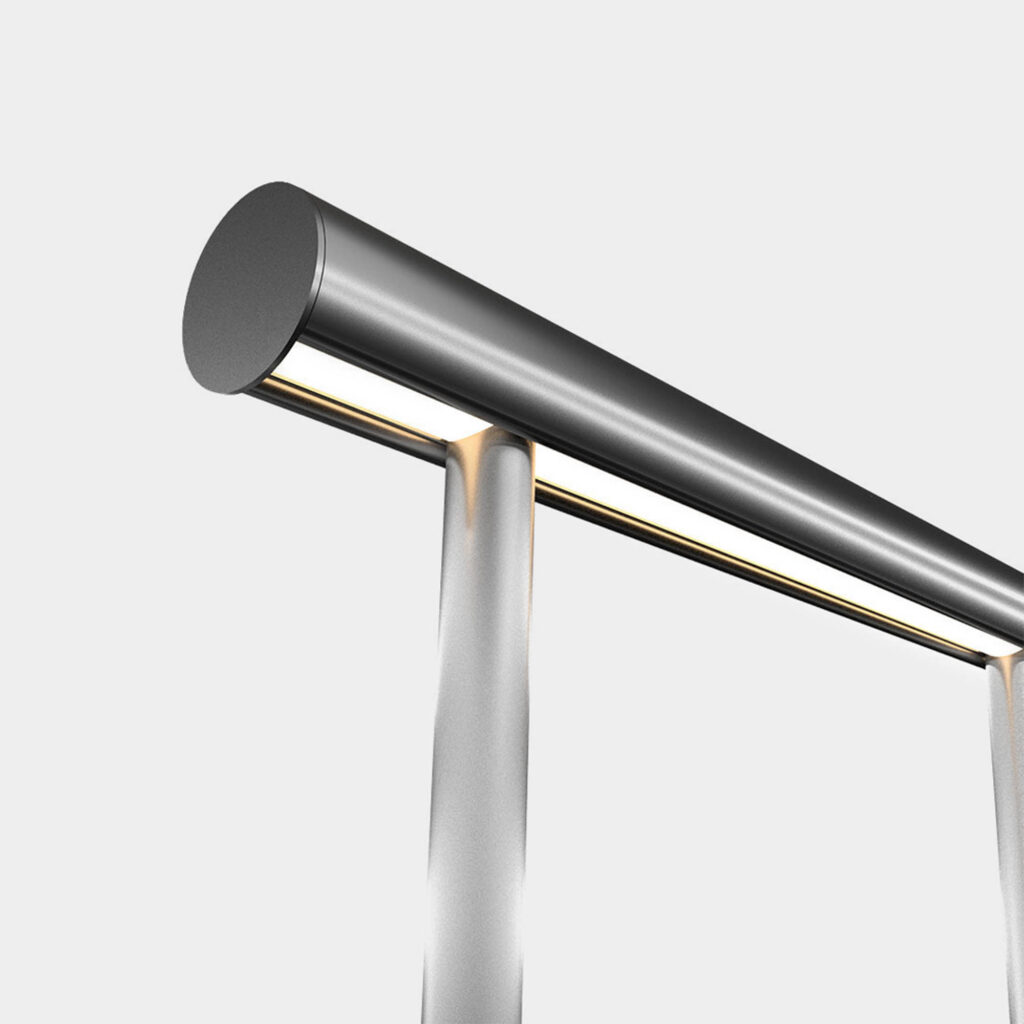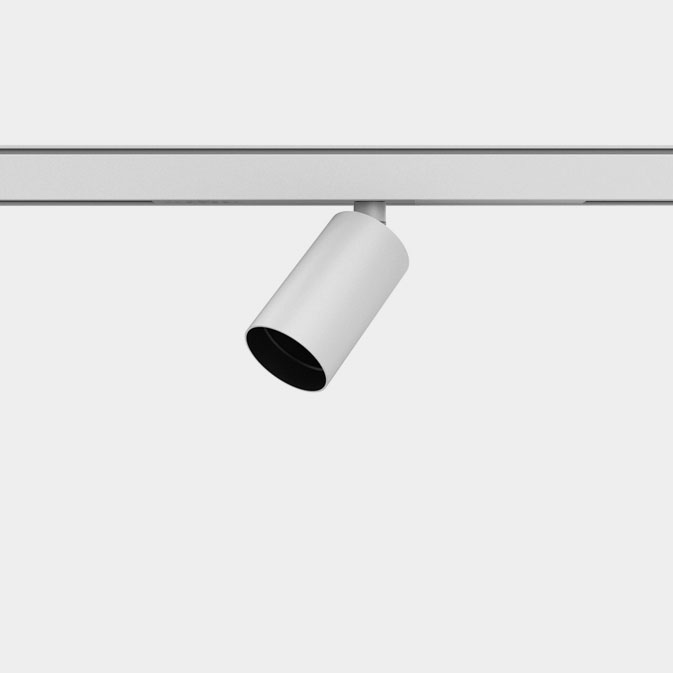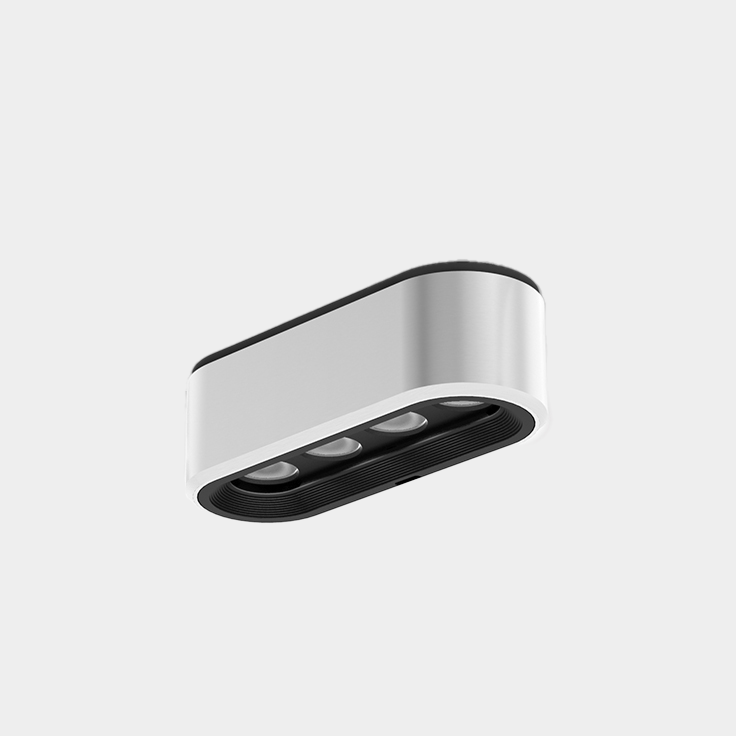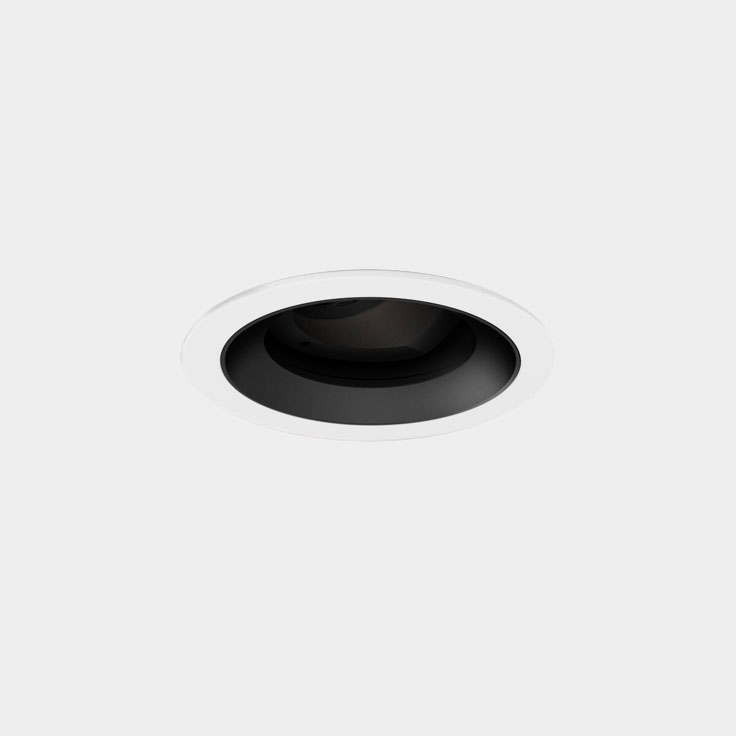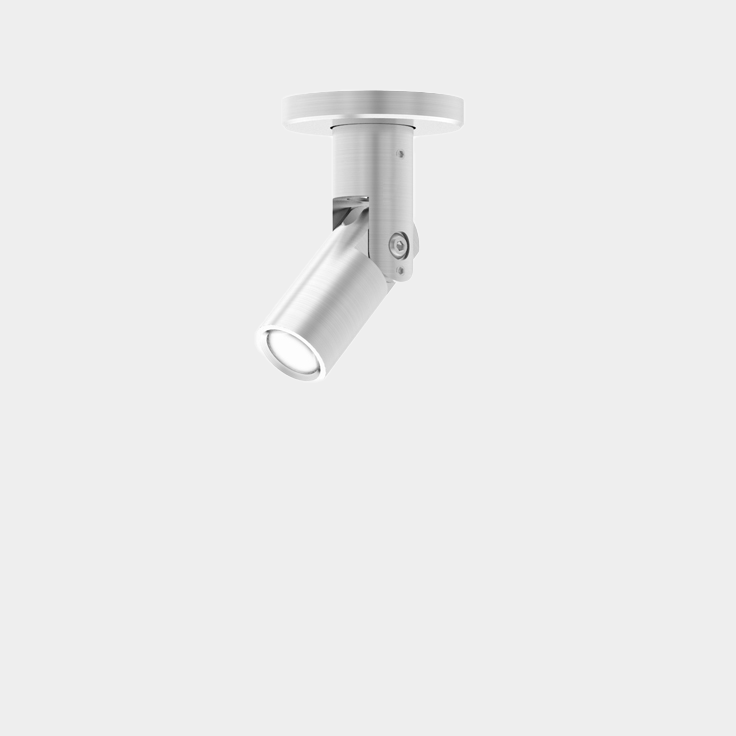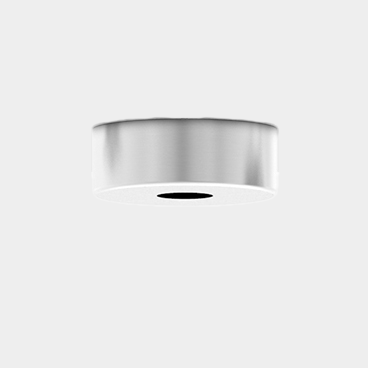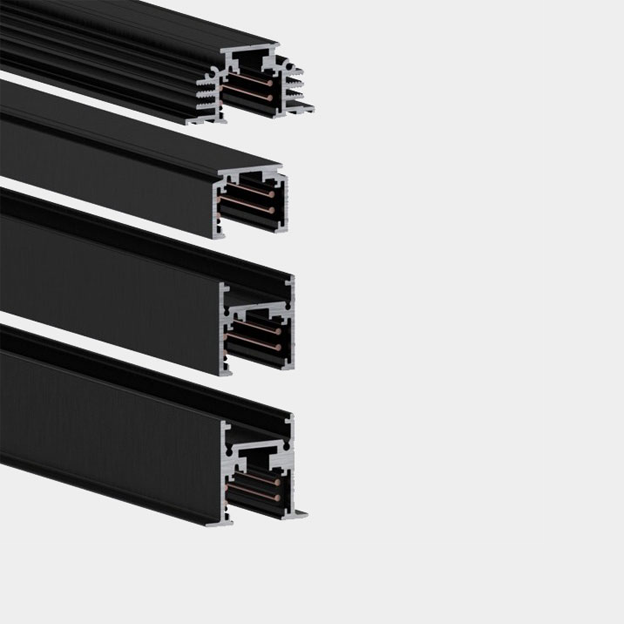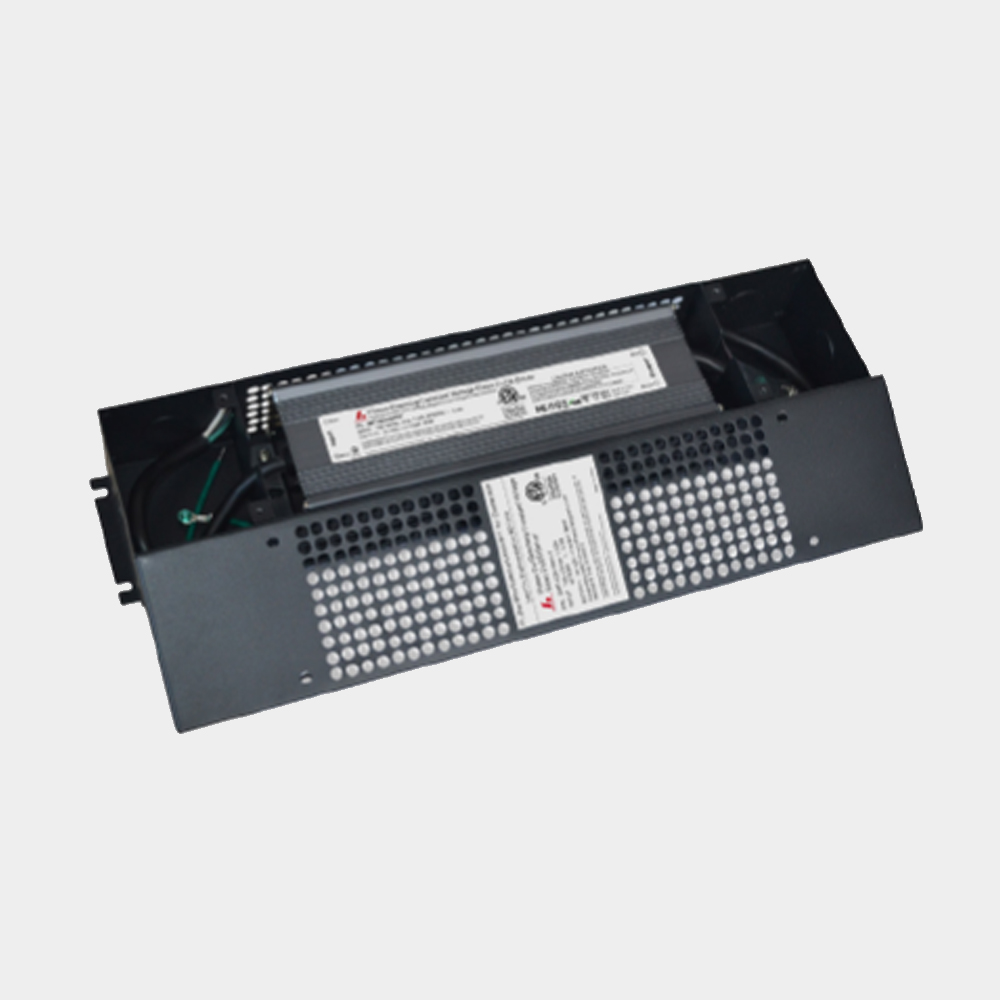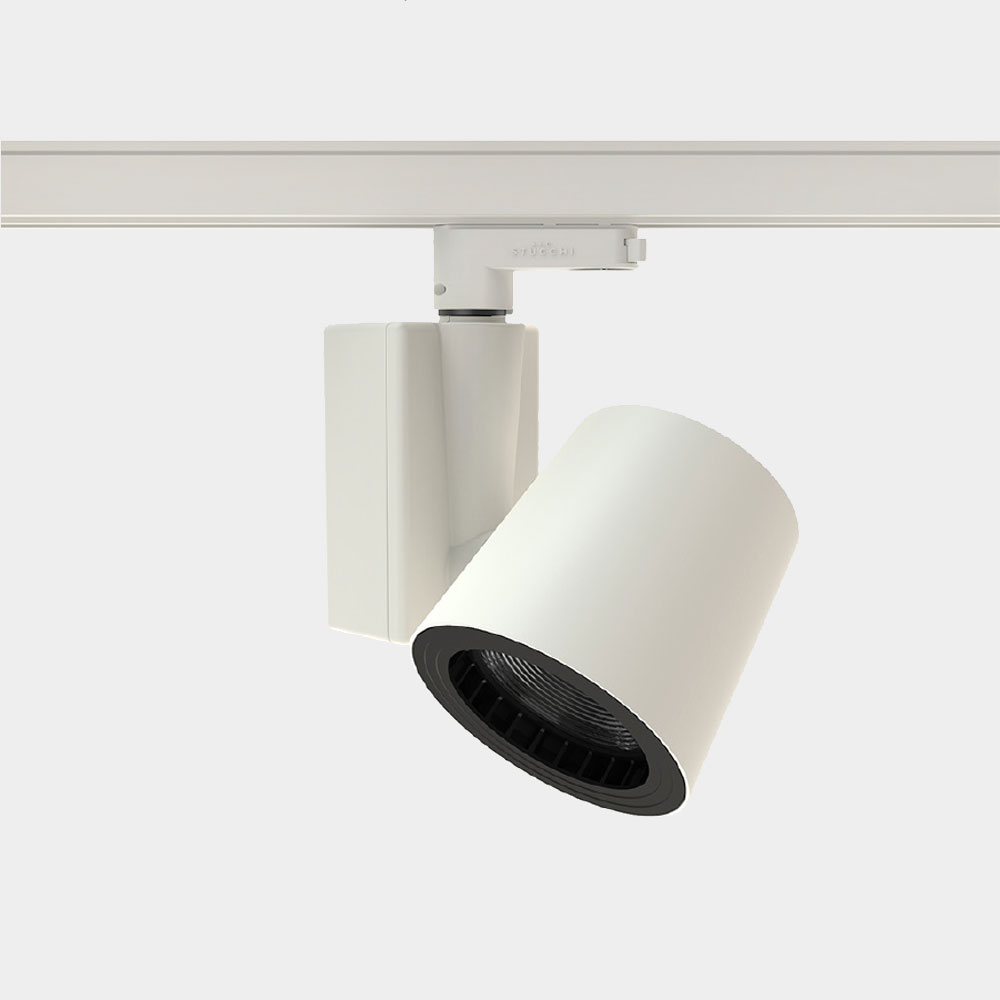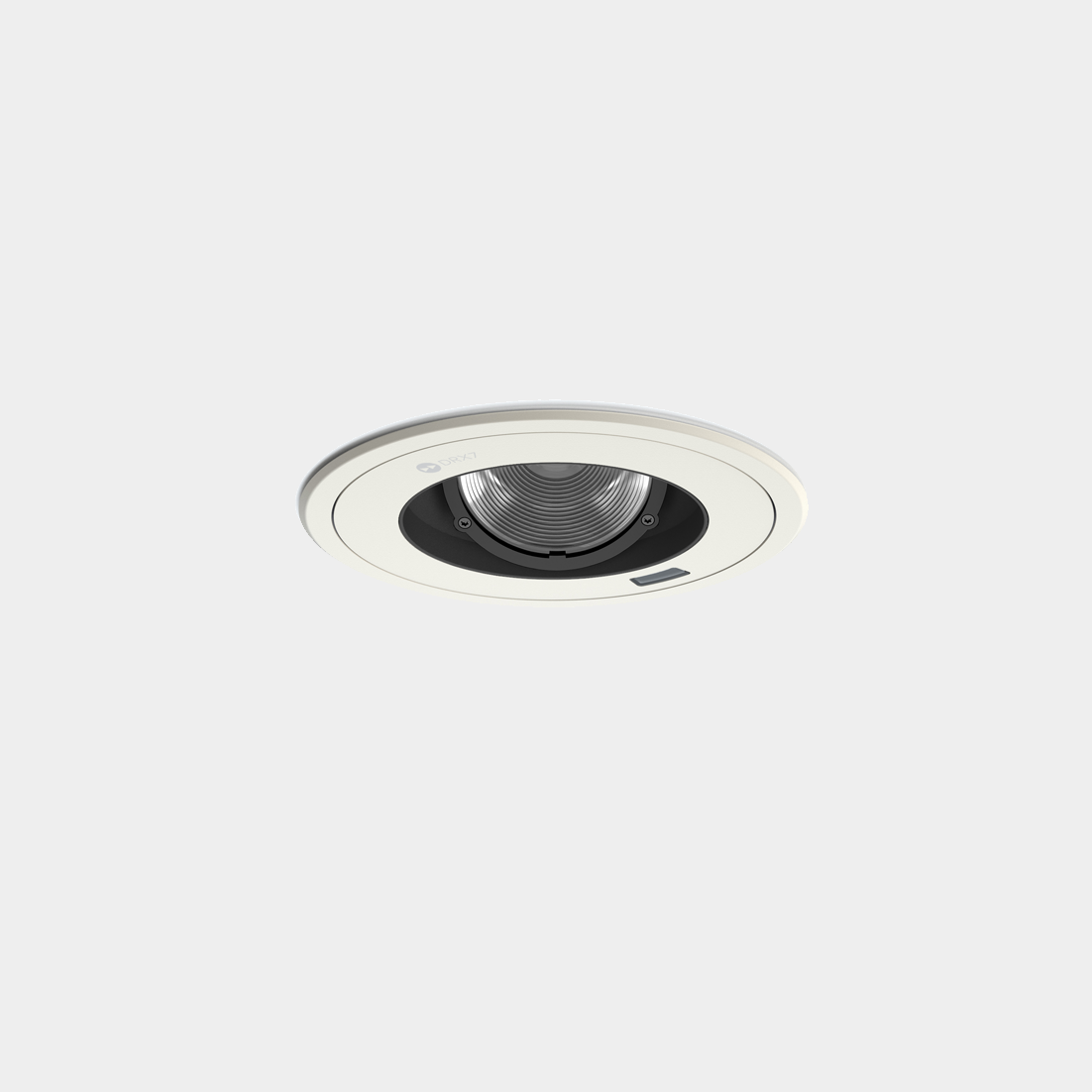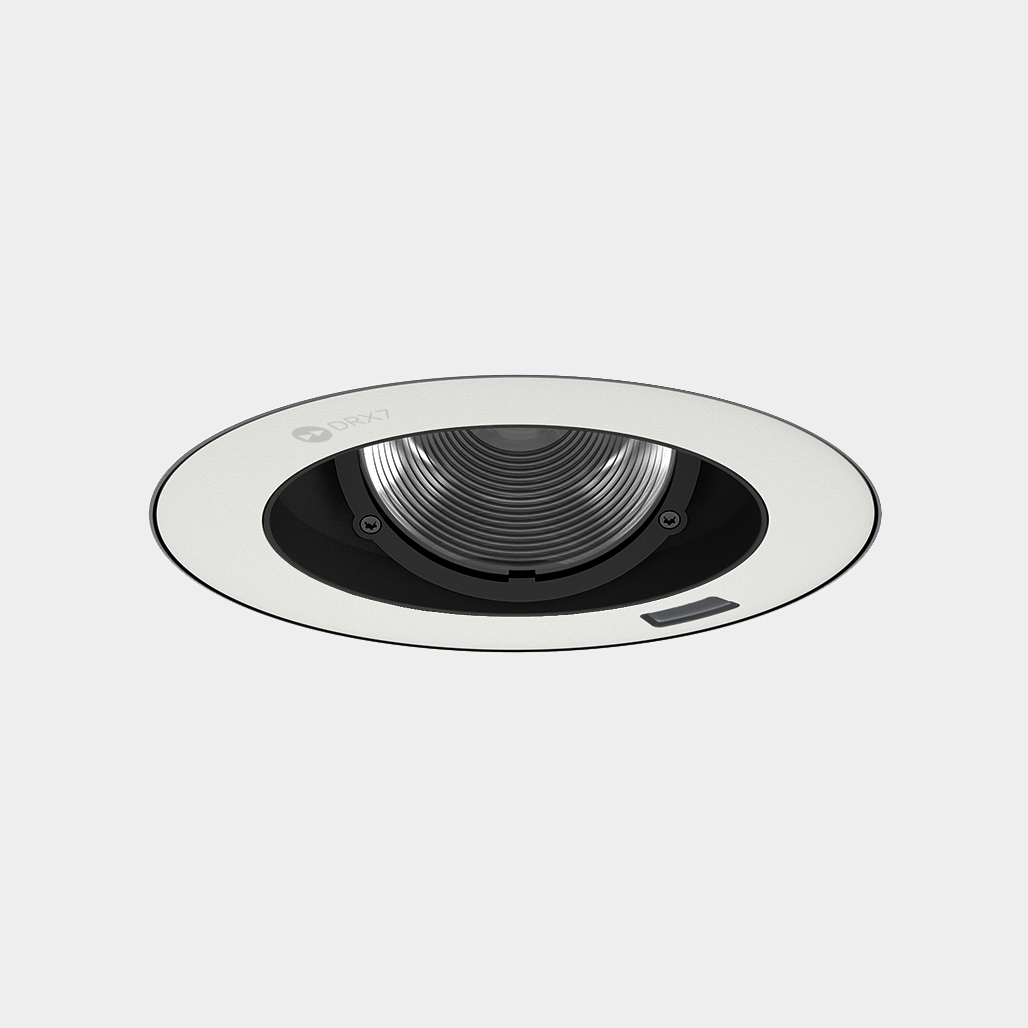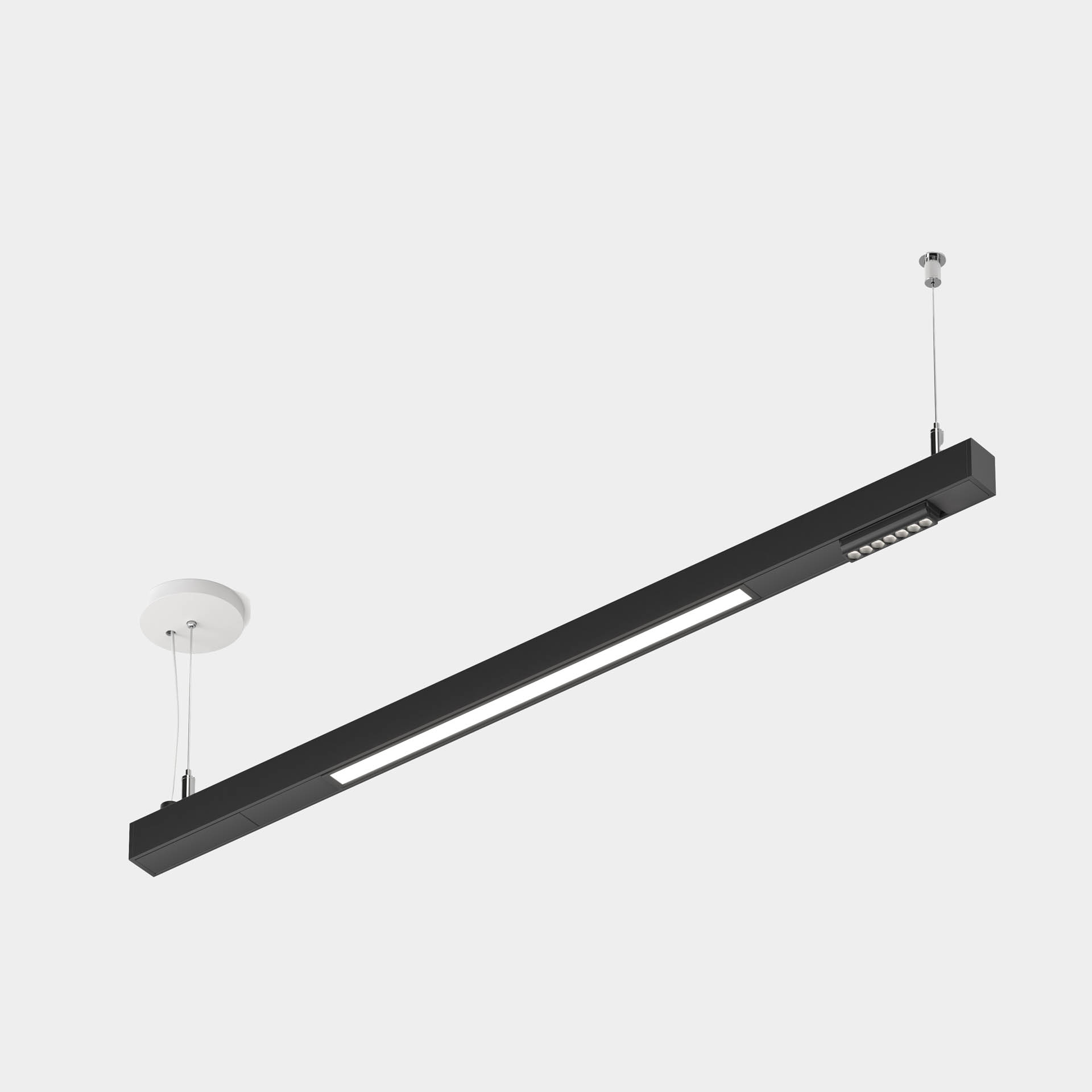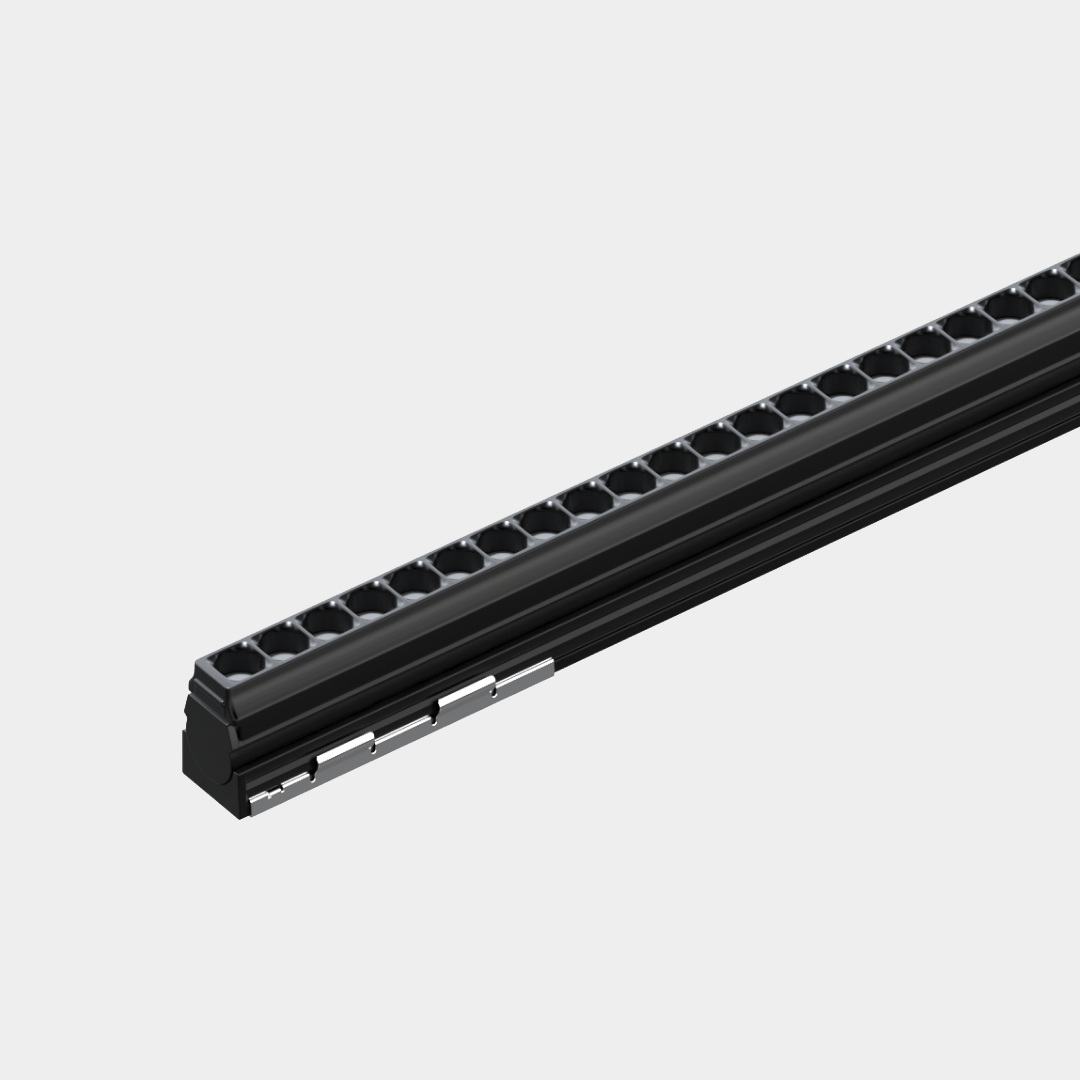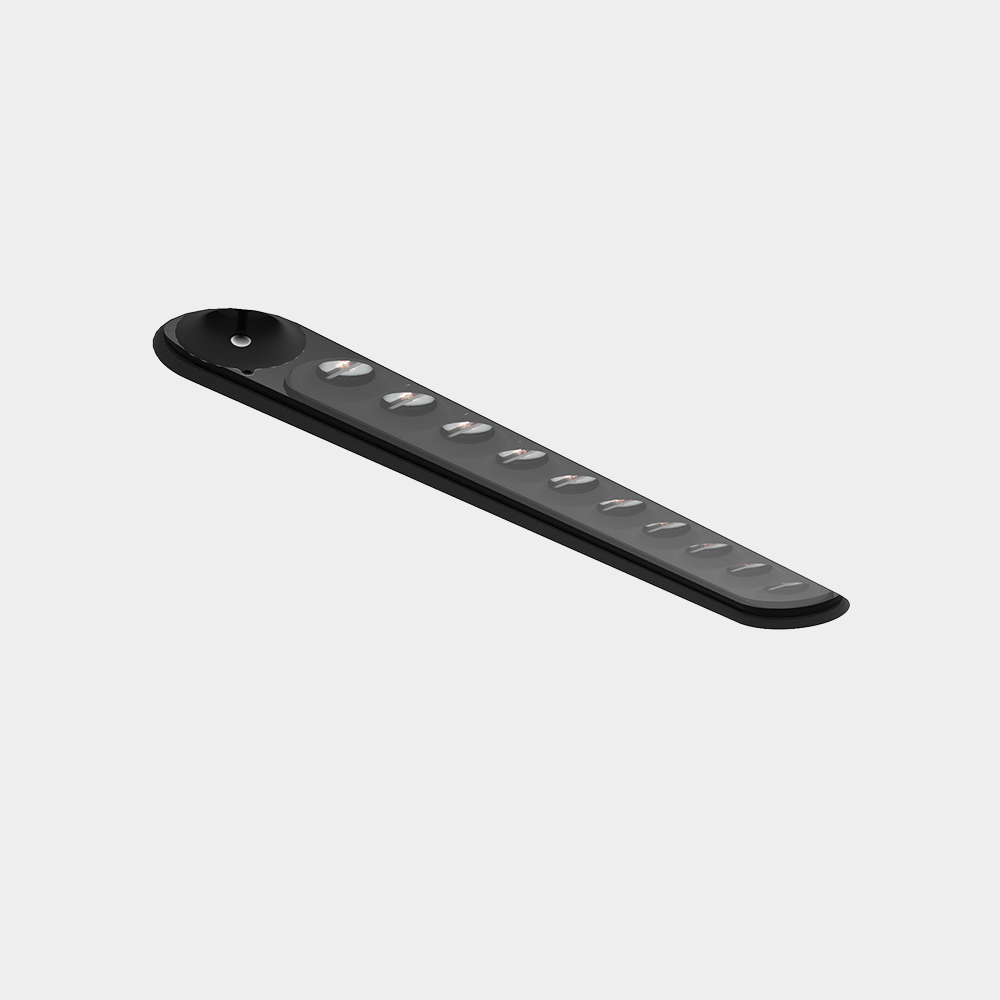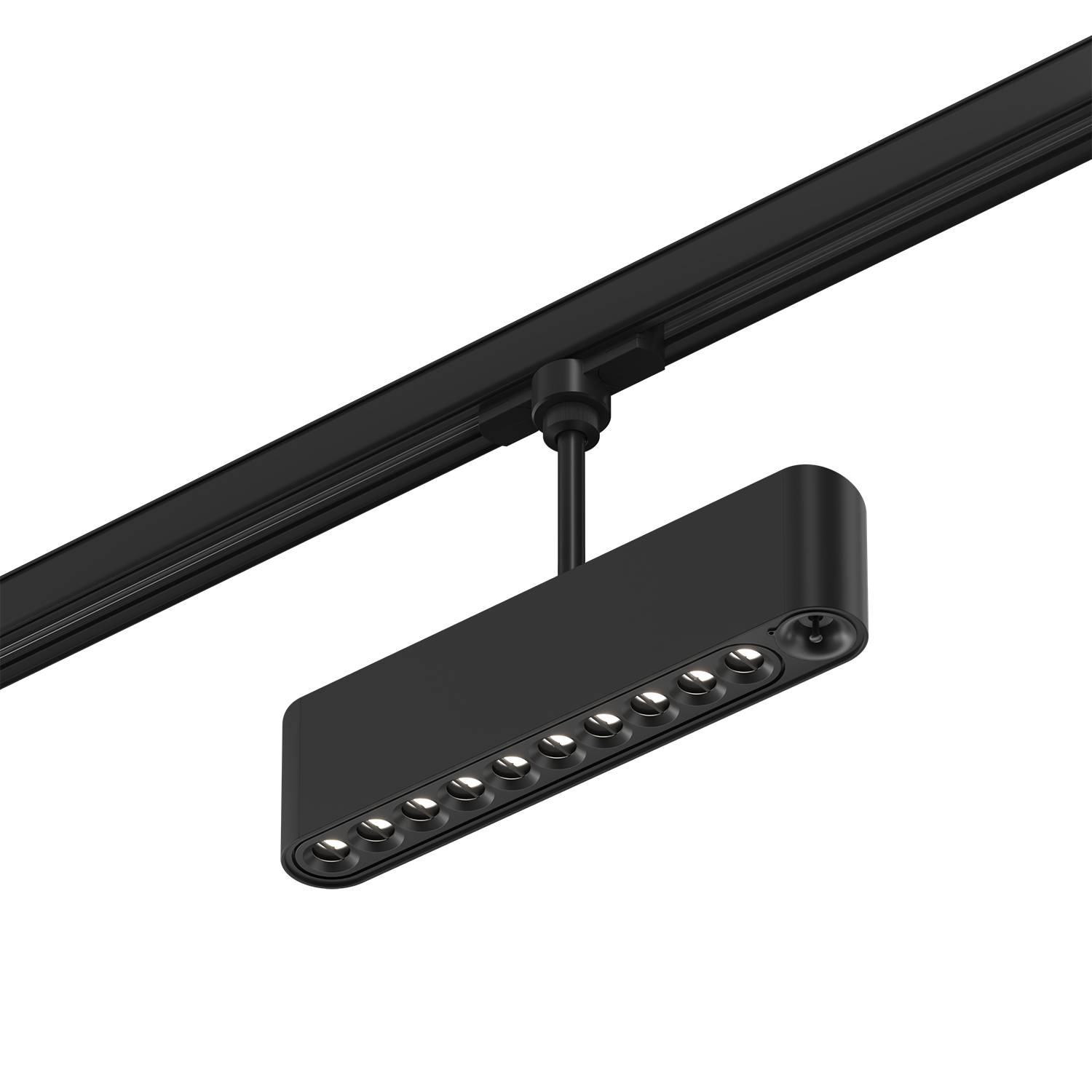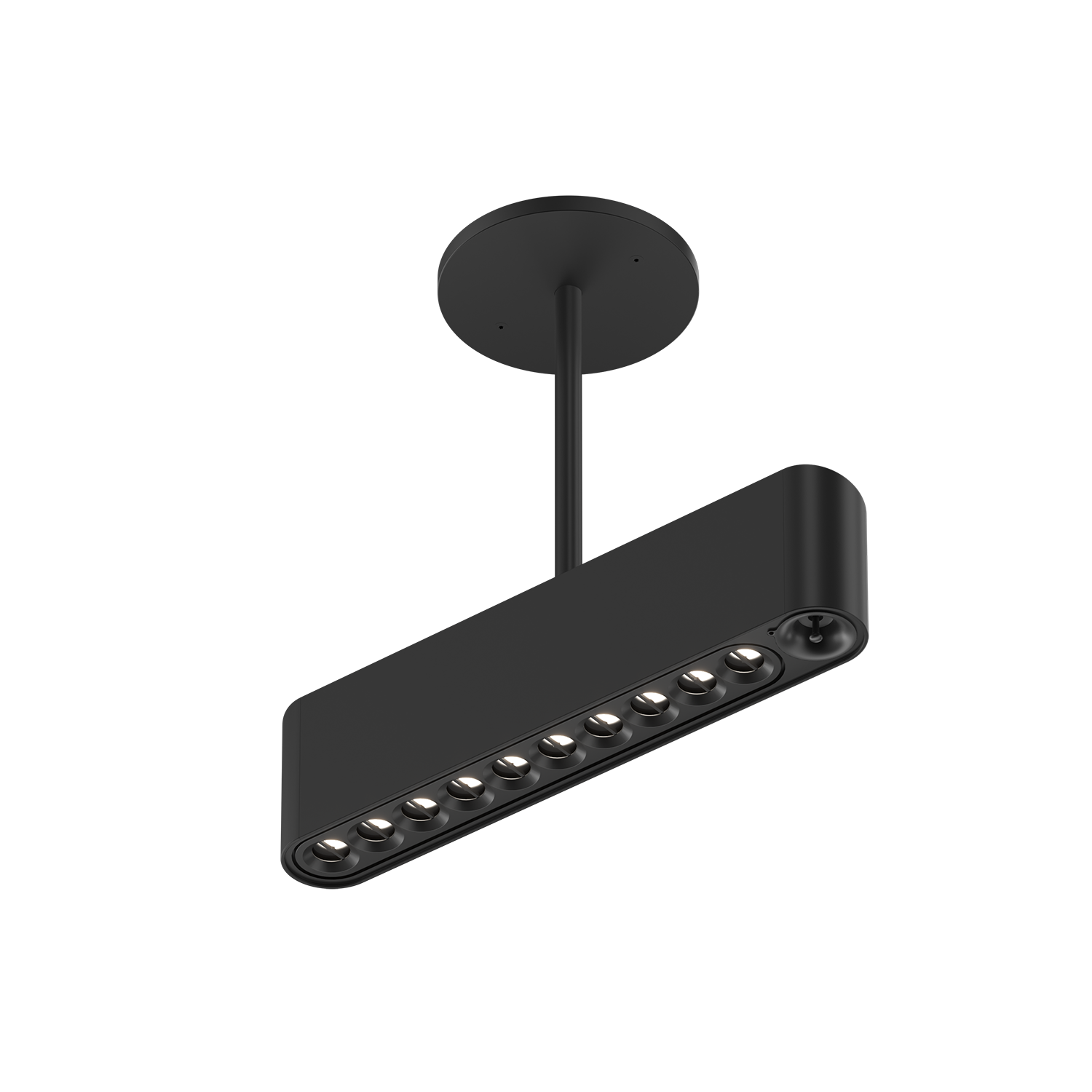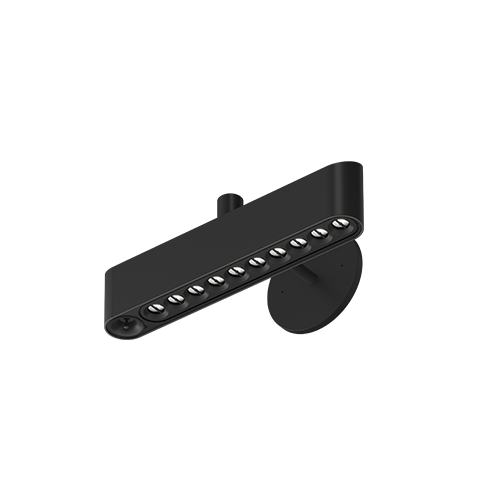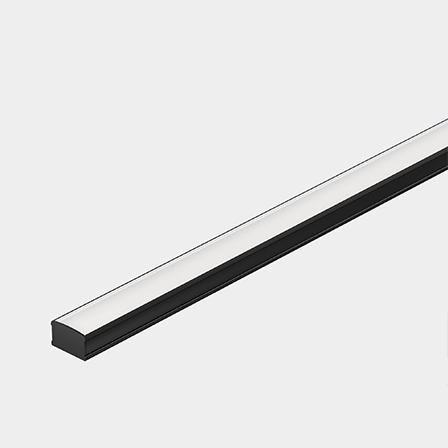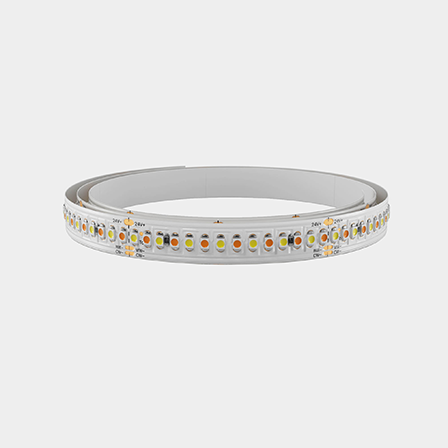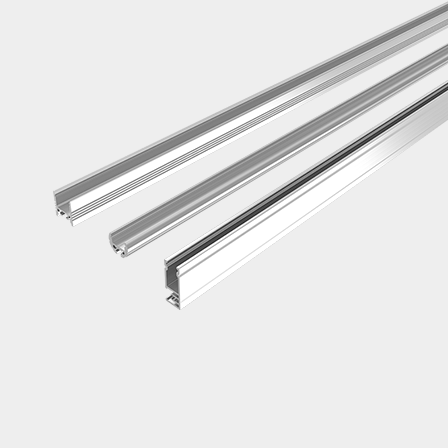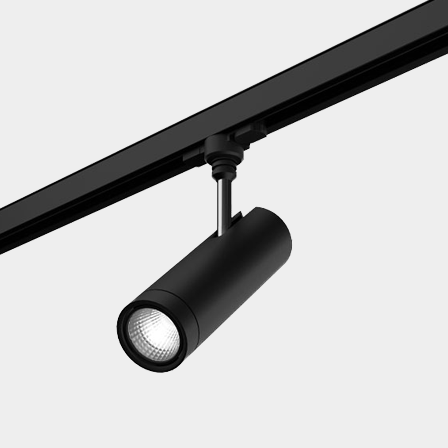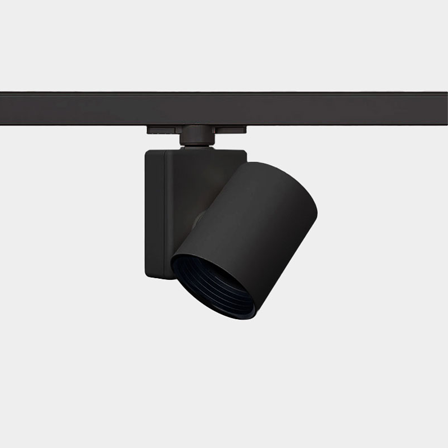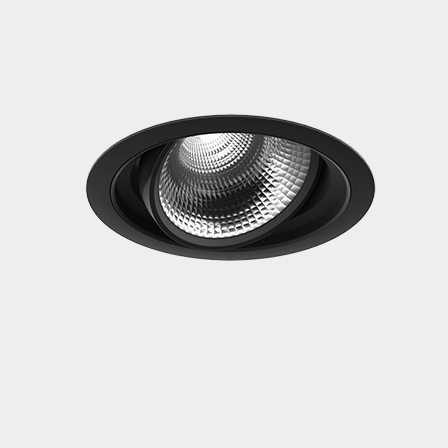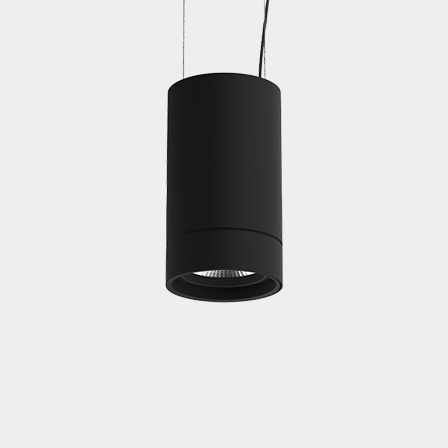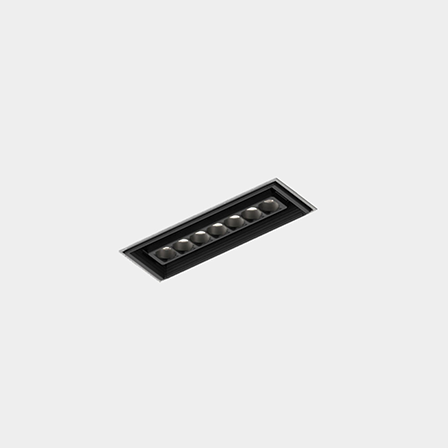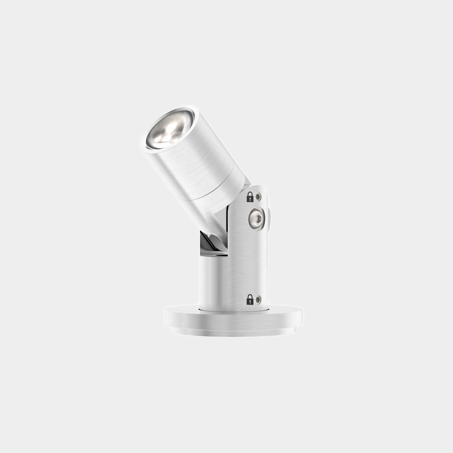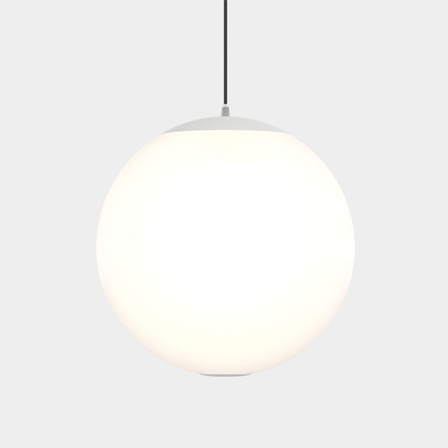Retail Lighting Trends
Contrary to popular belief, online shopping hasn’t completely cornered the market, which is good news for everyone in the retail industry. In fact, according to PwC’s annual consumer report, nearly 40 percent of consumers shop in a physical storefront at least once a week. Despite the ongoing pandemic, shoppers are still looking for an in-person retail experience.
How can retailers capitalize on this? By cultivating an inviting, cozy space for shoppers by using strategic and intentional lighting. According to Dovilė Smindriūnaitė and Kristian Renström, retailers should consider imitating a home-like environment and paying attention to the emotional experience of their lighting. This can help create the kind of positive, comfortable atmosphere that today’s consumers are after.
At Luminii, we offer a wide variety of lighting solutions to help retailers in all industries develop spaces that enhance the shopping experience. Our high-quality lighting helps to develop beautiful, experiential, and brilliant retail spaces.
Editor’s note: The pieces below originally appeared on BusinessNewsDaily.com and on RolFredburgs.com. You can also read the pieces here and here.
Shoppers Still Prefer In-Store Over Online Shopping
Research says shoppers prefer shopping in-store over online.
Although online shopping may be more convenient, shoppers still prefer to make their purchases inside an actual store, new research finds.
Nearly 40 percent of consumers make purchases inside a physical store at least once a week, compared to just 27 percent who do the same online, according to PwC’s annual consumer survey.
Even though online shopping may be easier than going to a store, many different factors are driving shoppers’ decisions to make the trek out to a store. The research found that 65 percent of consumers said they shop in-store to avoid delivery fees, while more than 60 percent said it allows them to have the item immediately. Additionally, 61 percent said they like trying on the item or seeing it in person before buying it.
Related Article: Tips on how to Open a Retail Store
Other reasons shoppers prefer brick-and-mortar shopping include that they like to support local businesses and it makes returns easier. Despite their preference for buying things in-store, consumers are still using online outlets as part of their shopping process. Nearly three-quarters of those surveyed spend time browsing products online before buying them at a physical store.
“For the past several years, the story around retail stores was ‘showrooming,’ in which stores were places to display items for online purchase,” Steven Barr, PwC U.S. retail and consumer practice leader, said in a statement. “However, this year’s survey results reveal that the online shop has also become a showroom where shoppers research and compare prices for later, in-store purchases.”
While many retailers are beefing up their mobile shopping efforts, it remains more of an instrument to get to the point of buying a product, rather than a tool for the actual purchase, according to the study. About half of those surveyed in the U.S. have researched products on their mobile phones, while nearly the same percentage have used them for price comparisons. [The Future of Social Commerce: Shopping On Twitter, Pinterest and Beyond]
Overall, less than 10 percent of those surveyed make purchases via mobile devices on a weekly basis.
Security issues top the reasons why consumers are hesitant to shop on their smartphones or tablets. One-third of the U.S. consumers surveyed said they do not use their smartphones or tablets for shopping due to security concerns, while 77 percent said they are wary about having their credit card information hacked.
Social media is also playing an increasingly important role in the shopping process for consumers. Even though only 4 percent of U.S. consumers have purchased items via social media, 36 percent said their interactions with brands on social media has led them to buy more from these brands.
Barr said that integrating technology, along with the power to engage on social media, has enhanced the consumer experience.
“As these disruptions continue to influence the shoppers’ purchase journey, the retail store will likely become an experiential venue for both online and non-online purchases,” Barr said. “From in-store design studios and personal shopping assistants, to coffee and tea ateliers, retailers are offering a comprehensive experience, evolving into something sleeker, more customized and increasingly attuned to shoppers’ expectations of what the in-store experience should be.”
In order to keep shoppers coming back, brick-and-mortar stores will need to become more tailored to the digital age, the study’s authors noted.
“Consumers are seeking retail ‘experiences’ over simple purchase transactions, which is inspiring landlords and retailers to collaborate on making the destination more enjoyable, convenient and memorable,” said Byron Carlock, PwC’s U.S. real estate practice leader. “For the physical store to remain relevant today, retailers should adapt to consumer preferences.”
The study was based on surveys of more than 19,000 consumers around the world.
Lighting Design in Retail Industry (4 Trends for 2021)
Lighting is one of the most important aspects of any interior.
There’s an art to using the right lighting for your interior, but there’s a science behind it as well.
Together with Kristian Renström (Lighting expert and enthusiast, Author of books, Lecturer at universities) we are sharing an update about some of the latest trends in lighting design within a retail industry.
Here are 4 Lighting Design trends for 2021 you should be aware of.
4 trends for Lighting Design in Retail Industry are:
- Multifunctionality. Lighting solutions have to be more flexible than ever
- Lighting in commercial areas will be a reflection to home environments
- More attention to emotional experience
- Interest in circular lighting design solutions is growing rapidly
Trend 1 – Multifunctionality. Lighting solutions have to be more flexible than ever
The whole world is undergoing a big transformation because of the pandemic. And Retail industry is not an exception. The health crisis was closely followed by the whole industry throughout 2020. The pandemic chaos caused damage to all retail operations. Stores were forced closed, employees were furloughed or laid off, rent was skipped, supply chains were strained.
Headed into 2021, the pandemic is still very much present and will continue to shape the year ahead. Whatever this year brings, 2020 has already brought changes to the industry.
The unstable situation in the world is changing consumer behaviour, they are more thoughtful about their purchasing decisions, spending less time in physical stores. In the meantime, retail stores have to adapt their premises more often. So, when talking about retail lighting, it is about buying a function, even better – several functions meaning lighting solutions have to be more flexible, better adapted to different needs and in many cases – multi-functional.
This doesn’t mean that design aspects are no longer important. On the contrary, it stays super important to create positive personal experiences.
Trend 2 – Lighting in commercial areas will be a reflection to home environments
There has been a trend for some time, that people desire to feel comfortable like at home, whether it be their office, or a clothing store. One of the ways to create such a feeling and fulfill these needs is lighting.
The current pandemic situation can strengthen this trend, as people are spending more time at home and getting used to their comfort zone benefits.
Trend 3 – More attention to emotional experience
Along with human progress, people develop and enhance their emotional intelligence. As a result, they are becoming more and more demanding when it comes to emotional experience in different environments. This is also related to what we talked about before the consumer wants to spend their time in a cozy, pleasant surrounding.
If you choose lighting for your environment without considering the feeling and experience it may create, it could have a detrimental effect on the mood and create a negative atmosphere.
Trend 4 – Interest in circular lighting design solutions is growing rapidly
Sustainability is becoming a more important part of our lives. Therefore, when choosing the lighting, you also need to pay attention to more environmentally friendly solutions.
The most important things to consider when choosing the lighting systems:
- Energy saving
- Renewable materials
- Product lifecycle
- Recycling
In Conclusion
It is becoming more and more challenging to win customers’ attention, but if you are looking for lighting solutions for your retail environment, focus on these 4 trends.
Considering all different aspects will help you to choose a flexible, multi-functional and personal experience orientated lighting solution.





